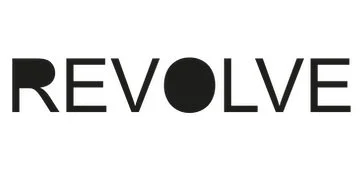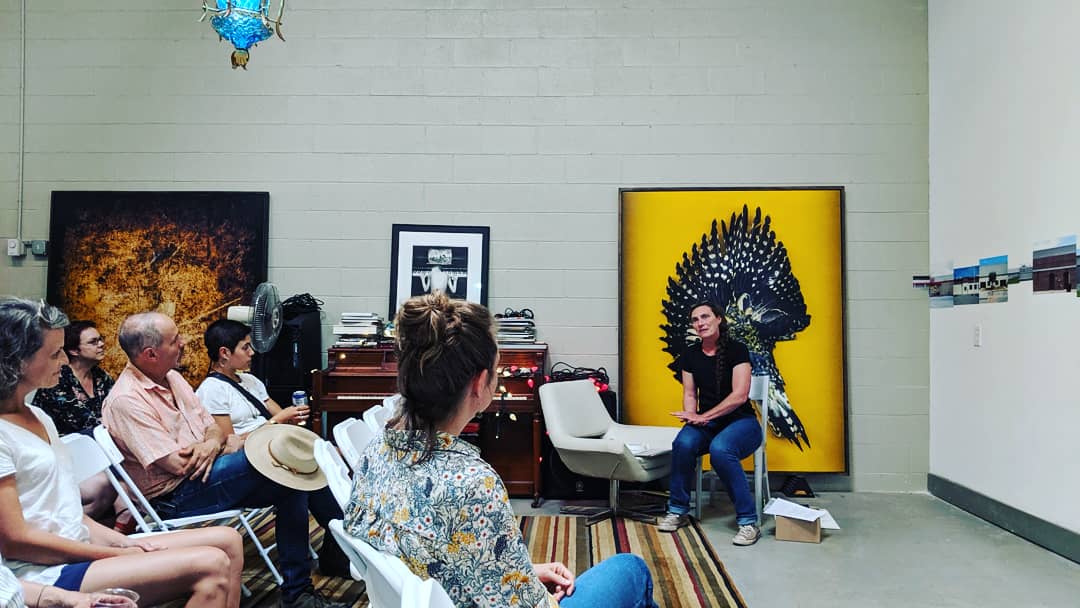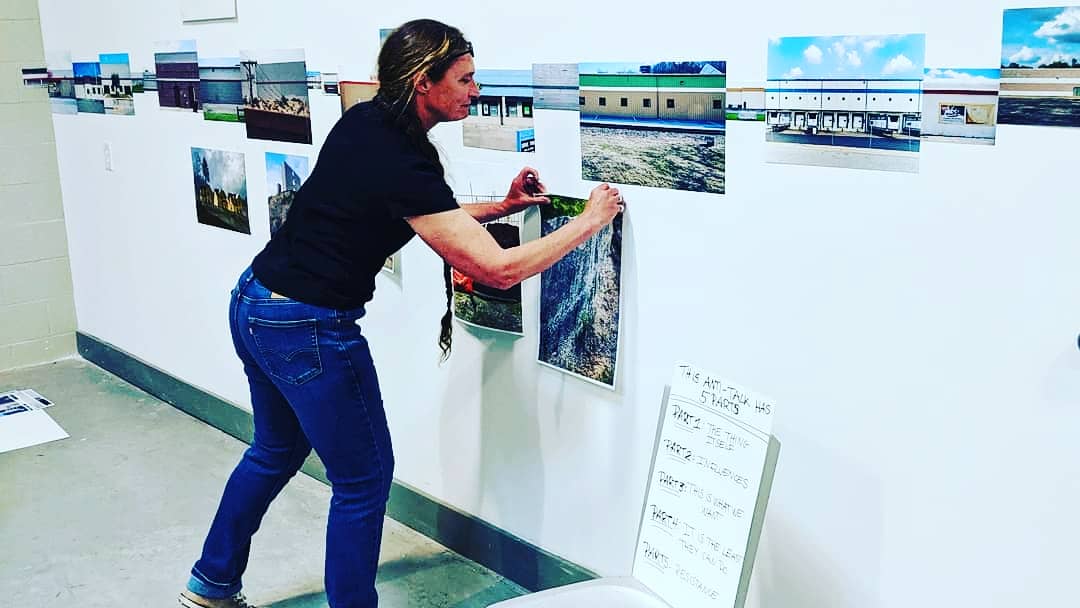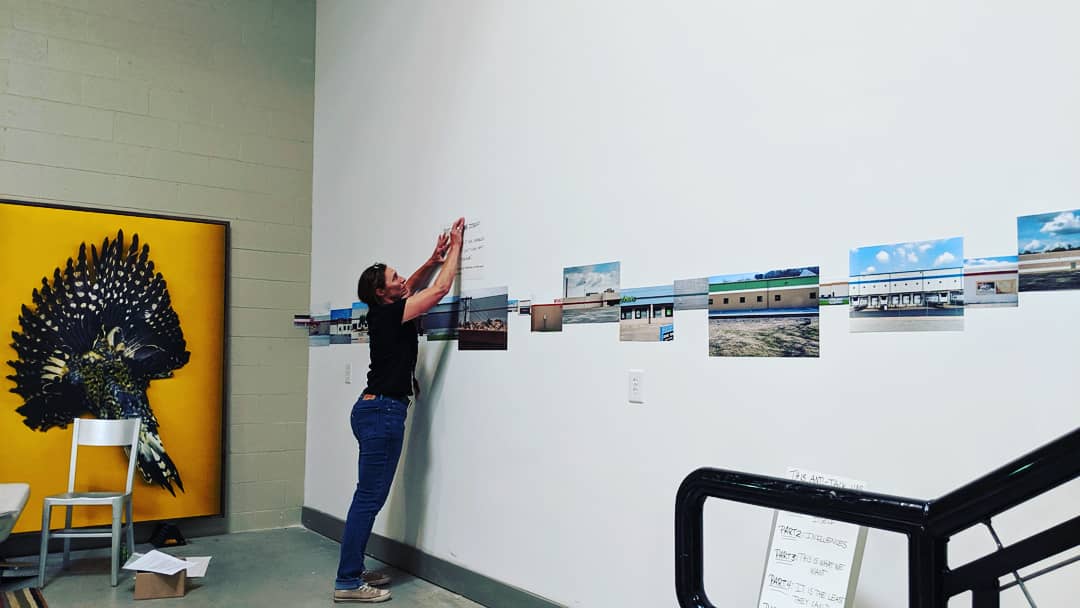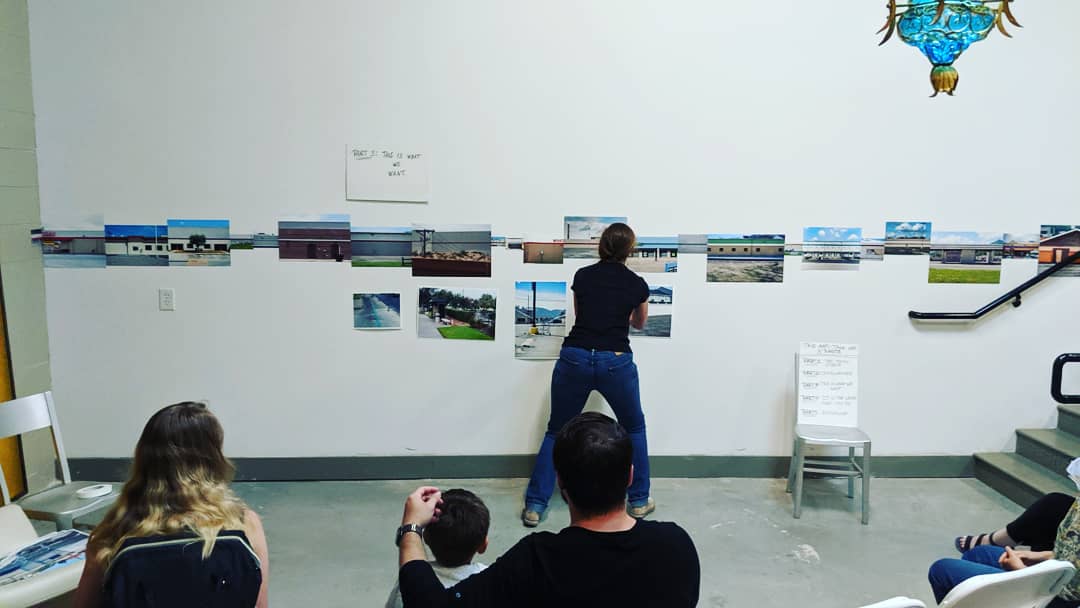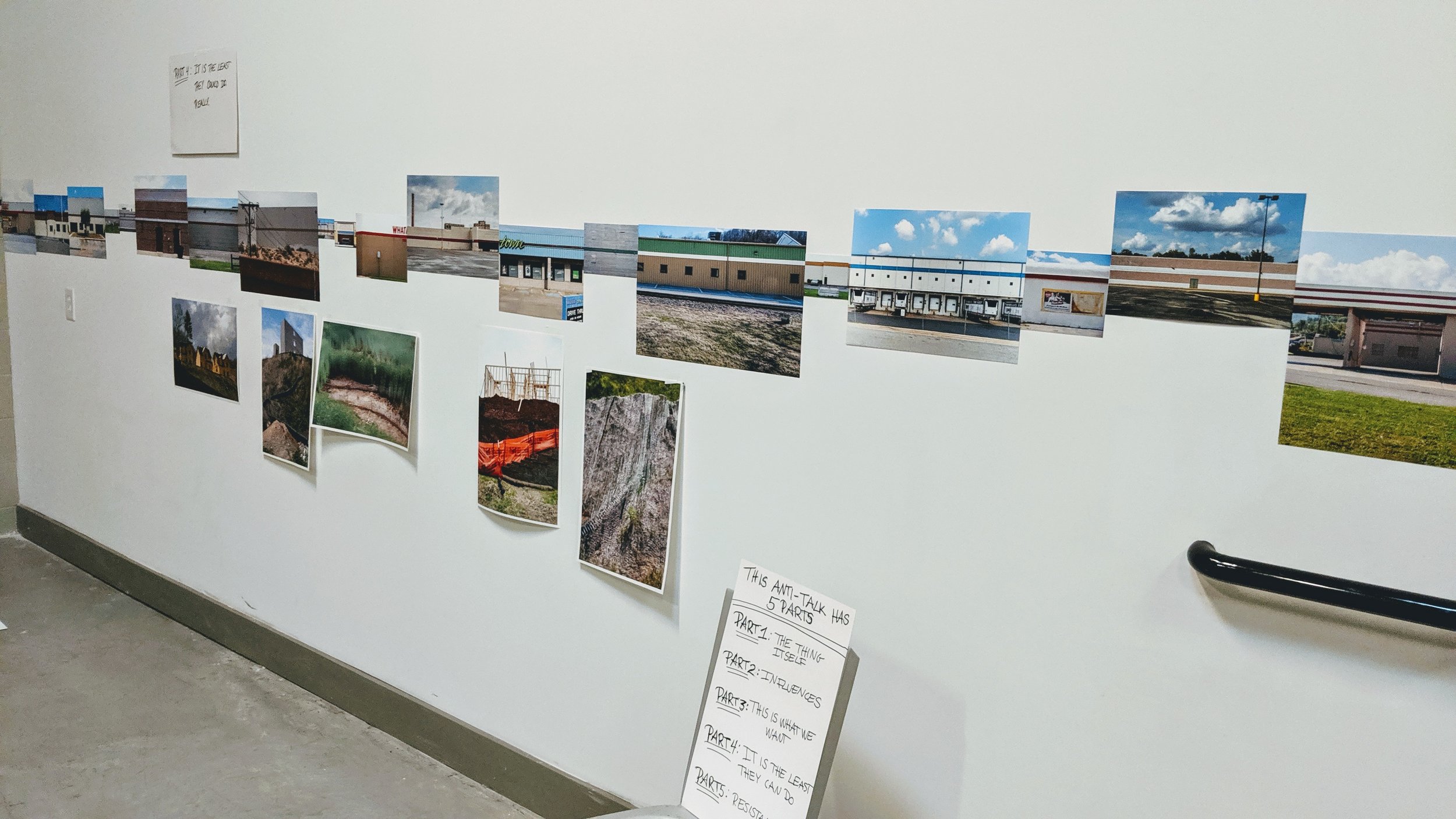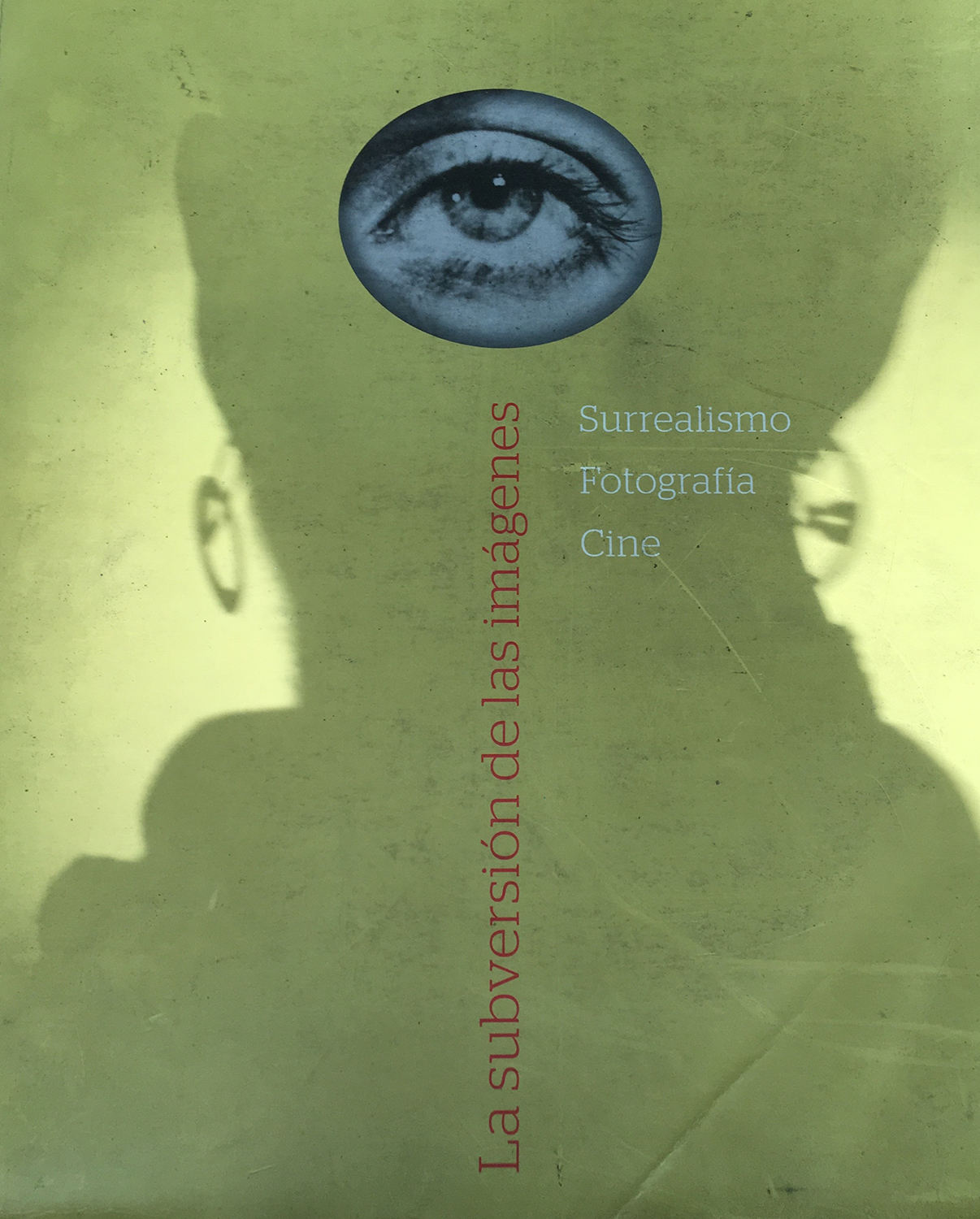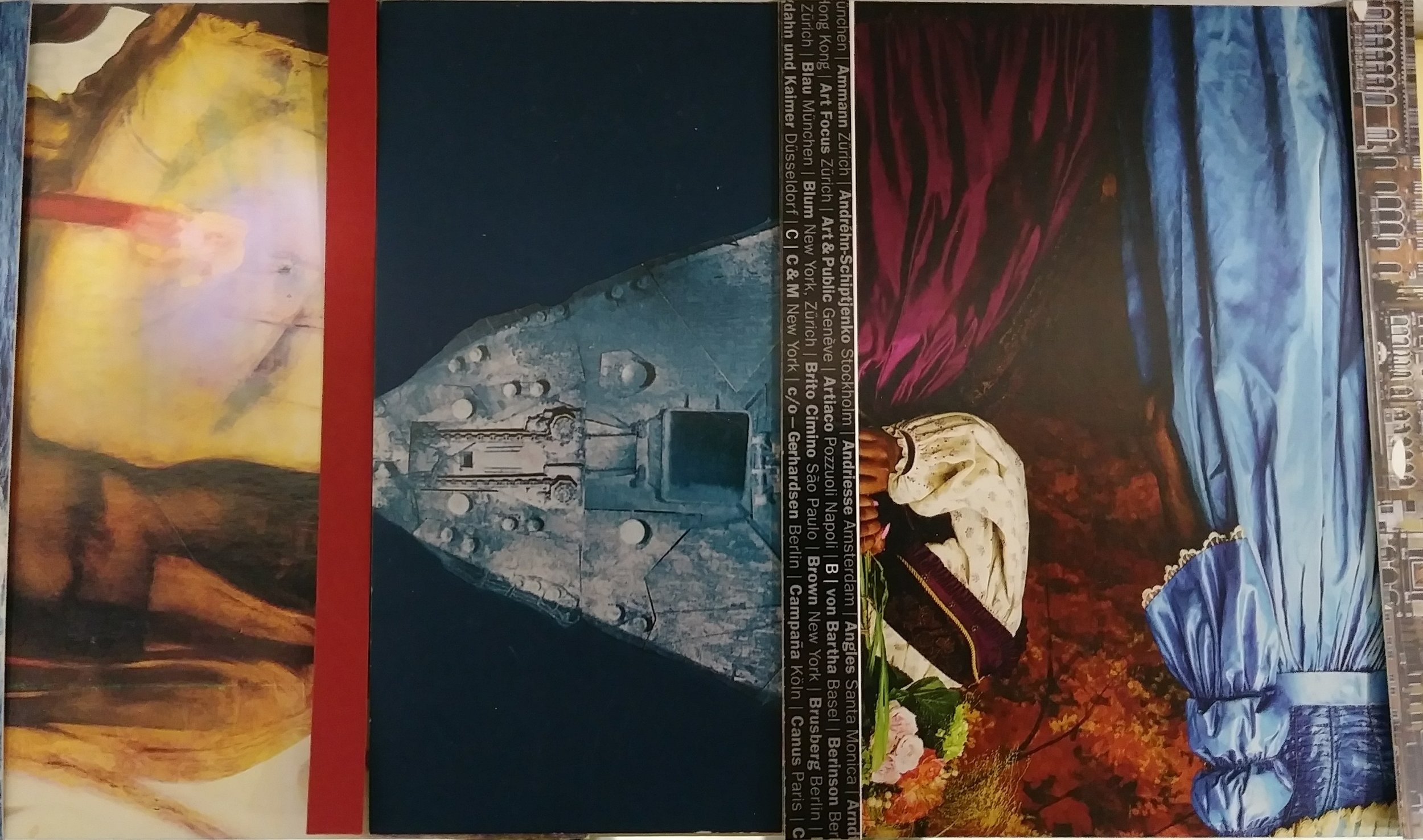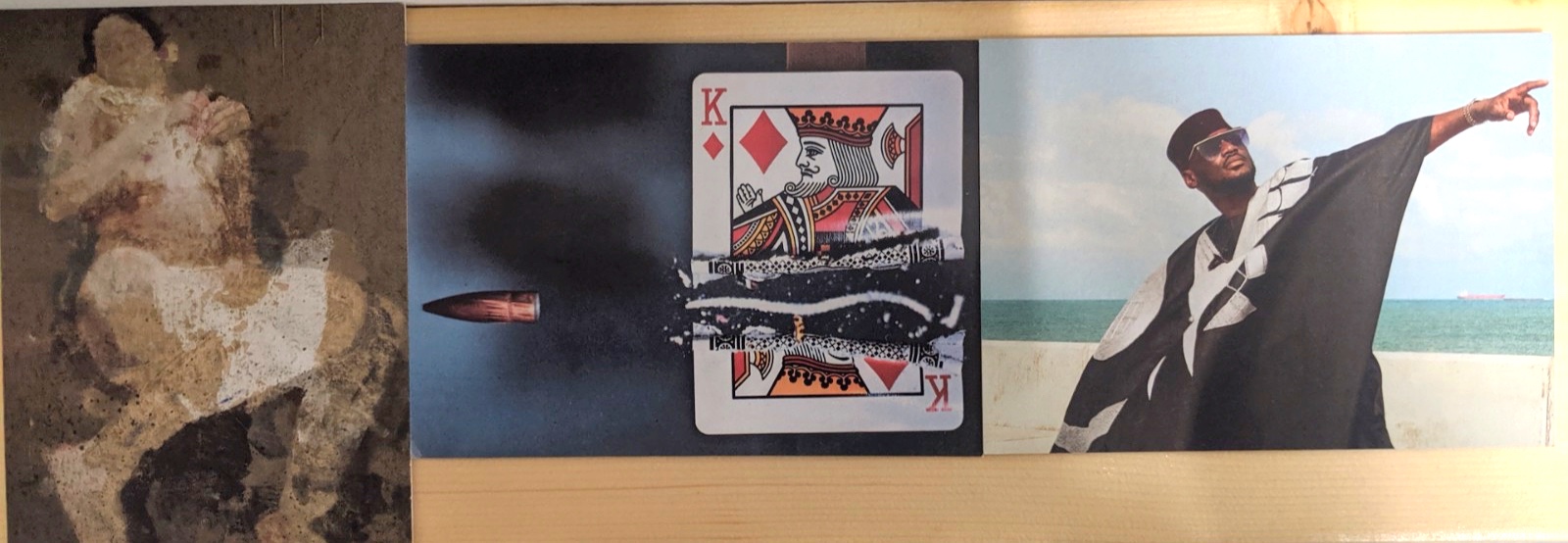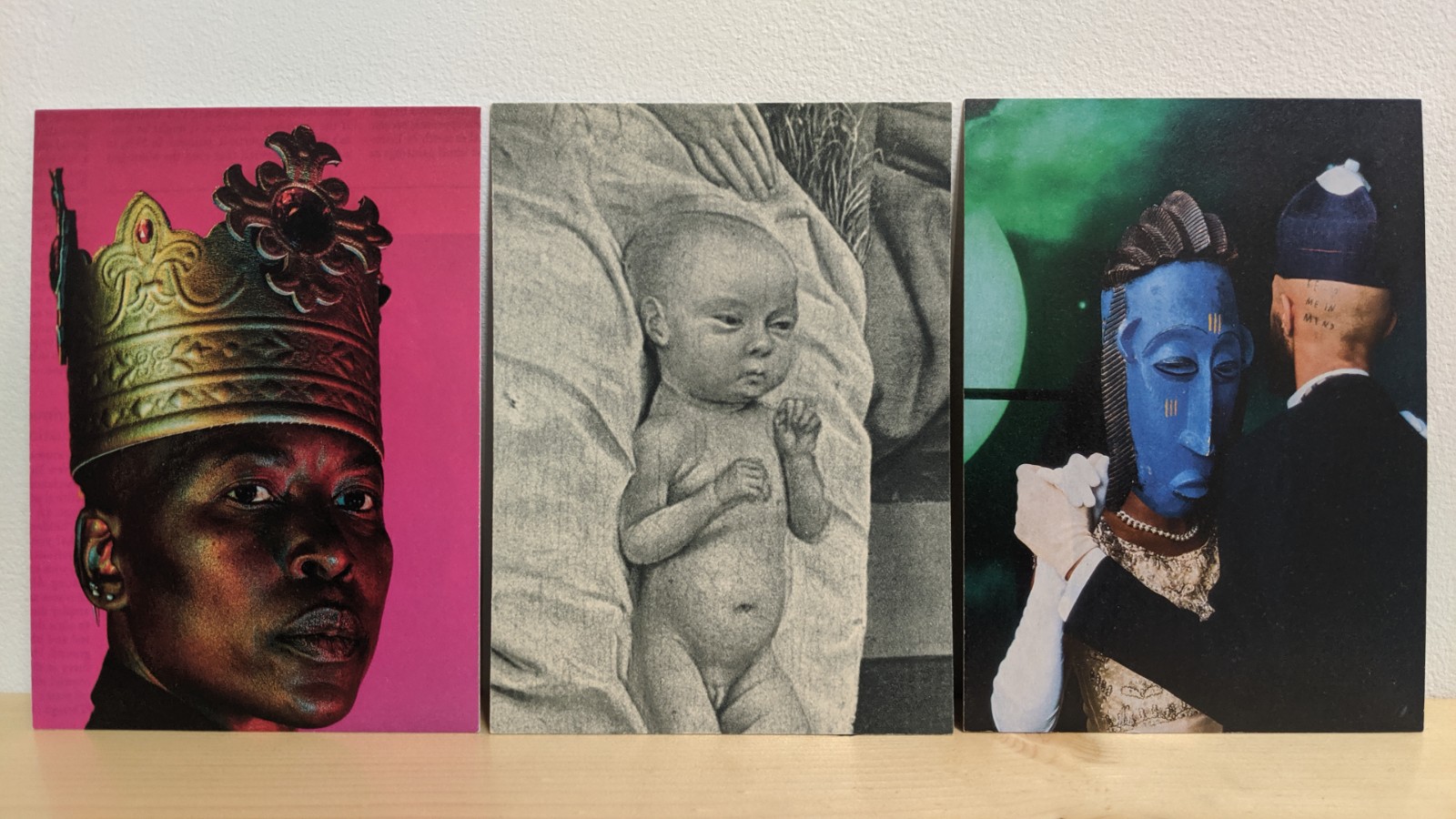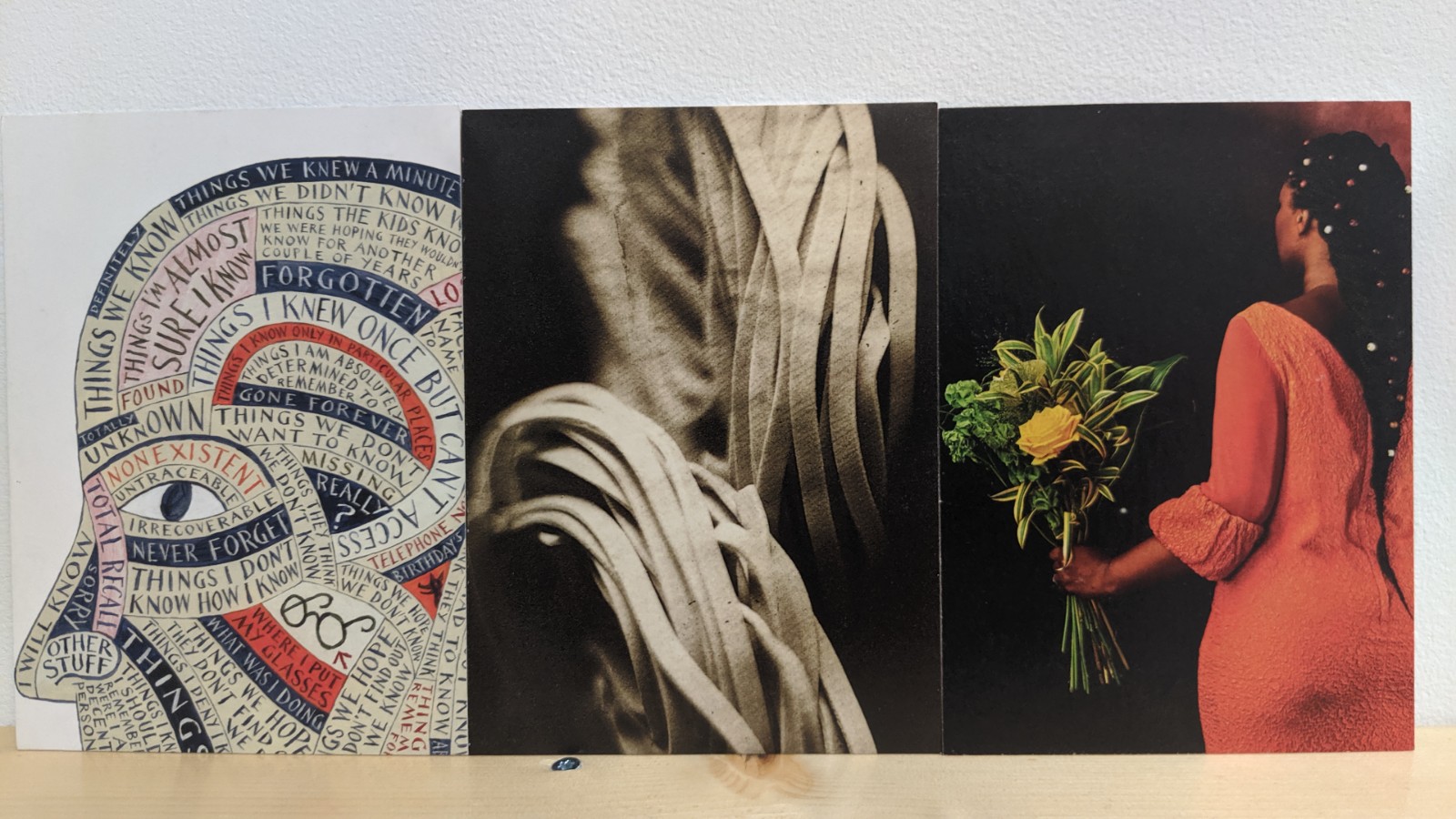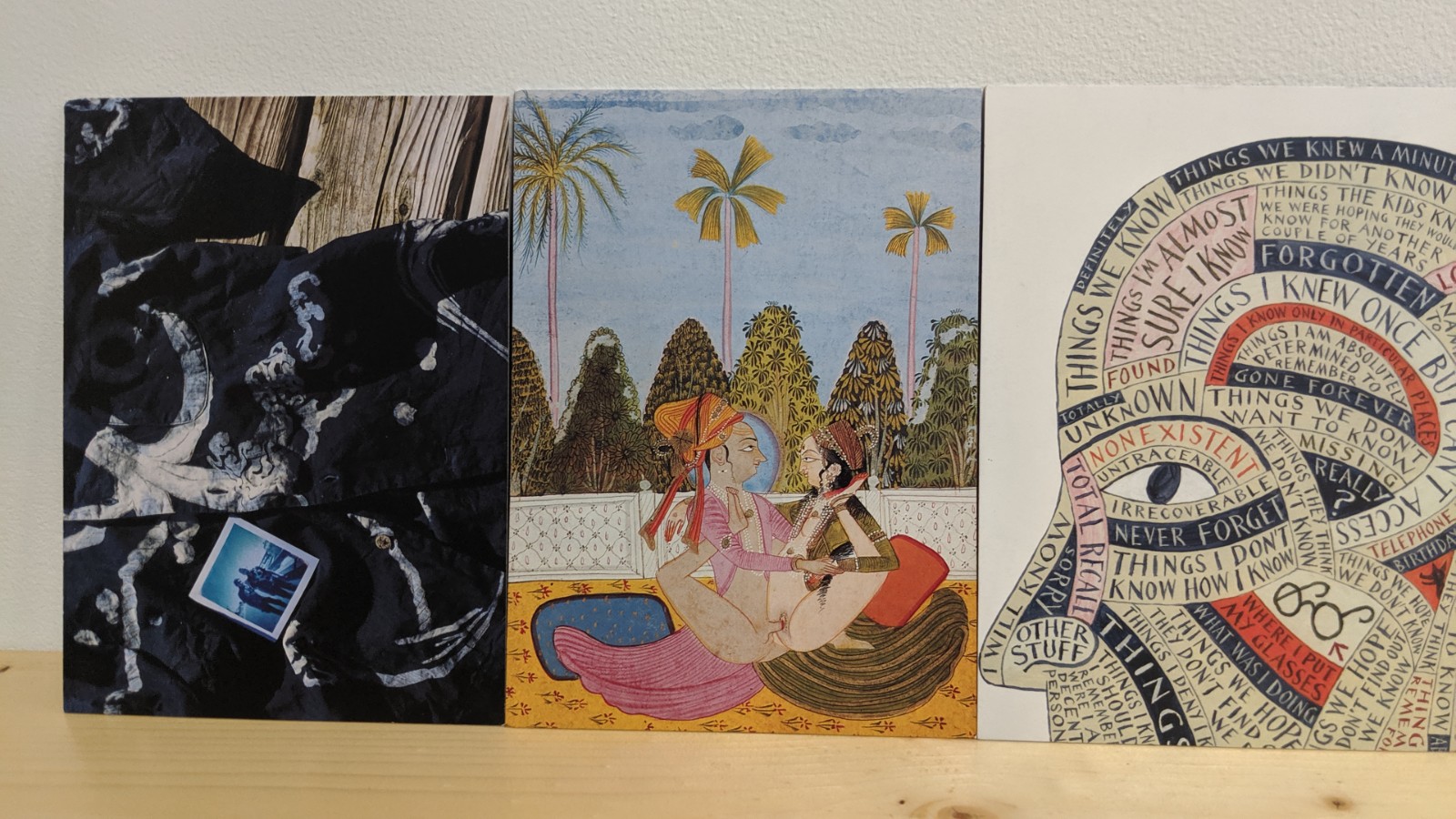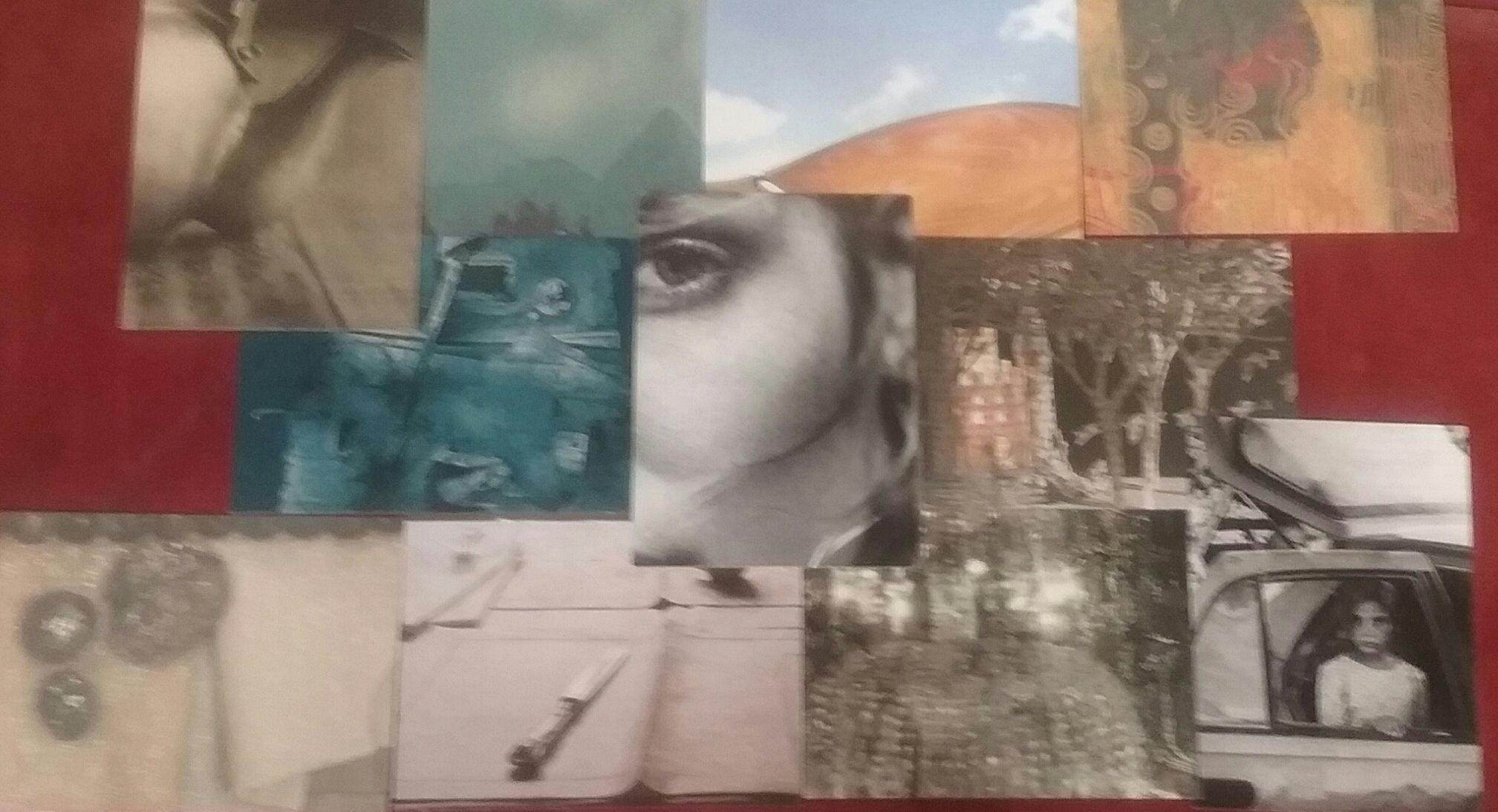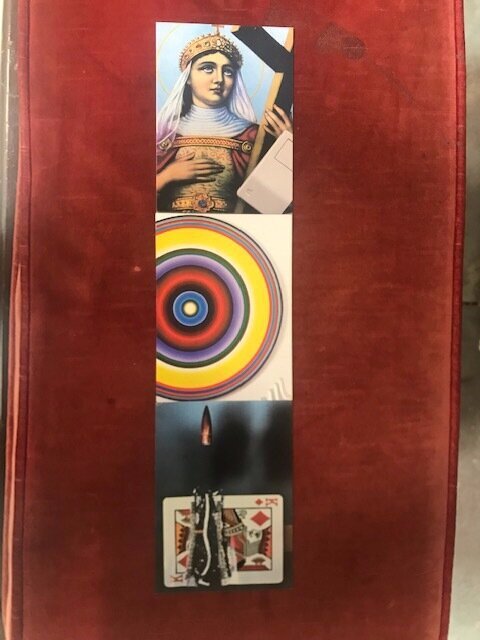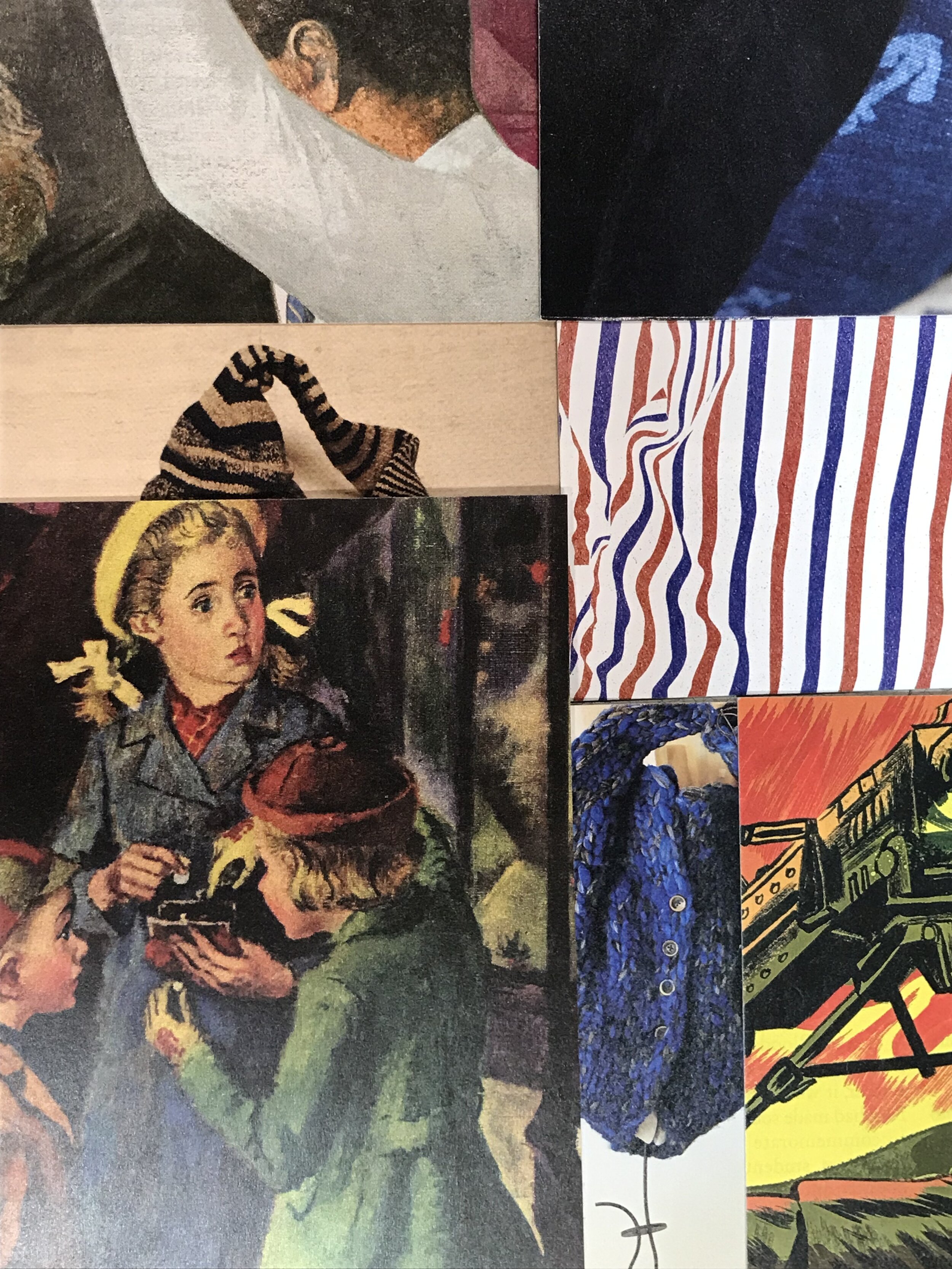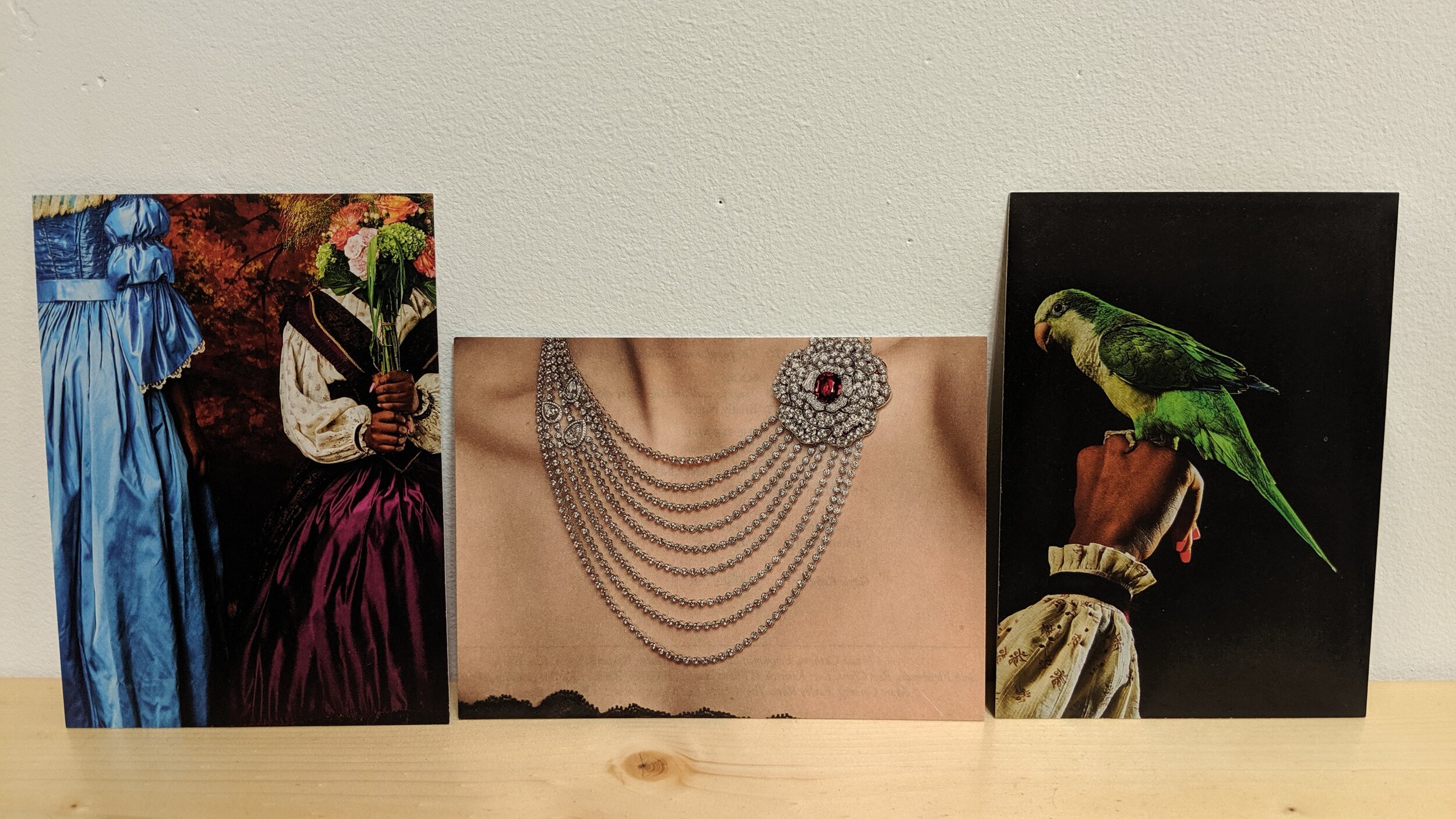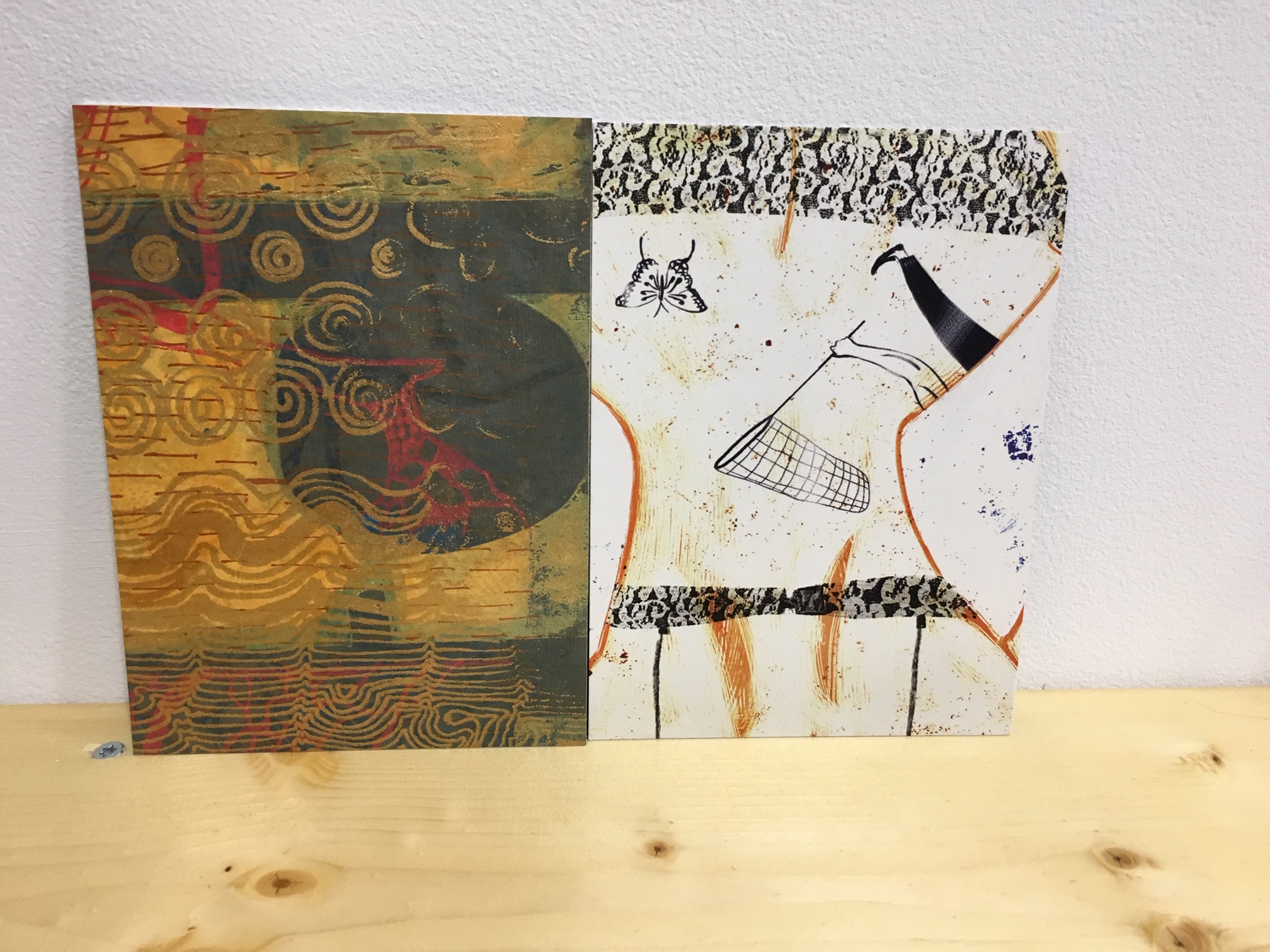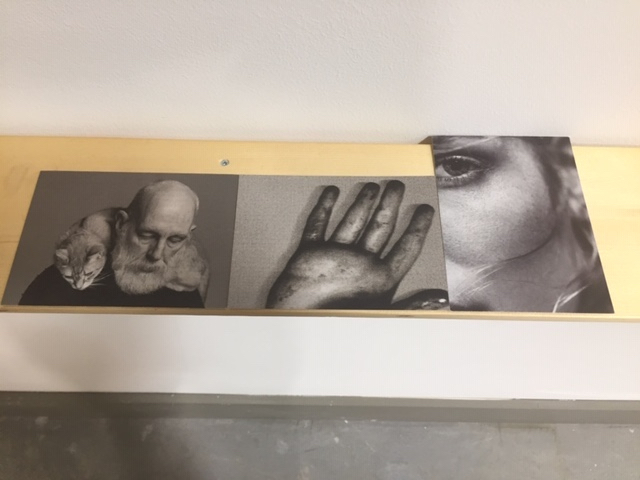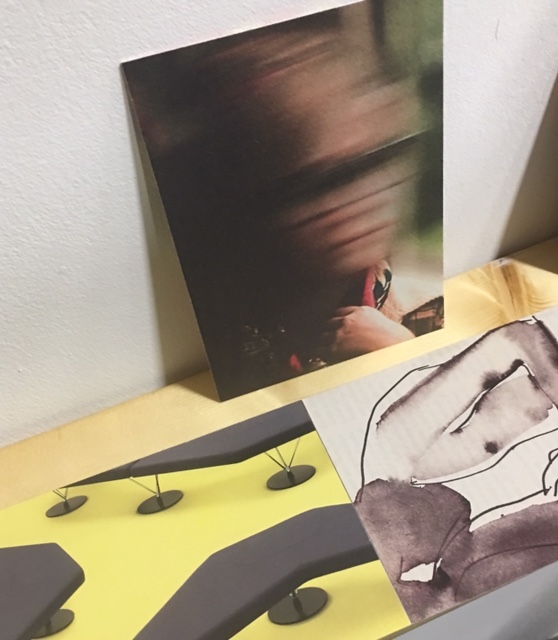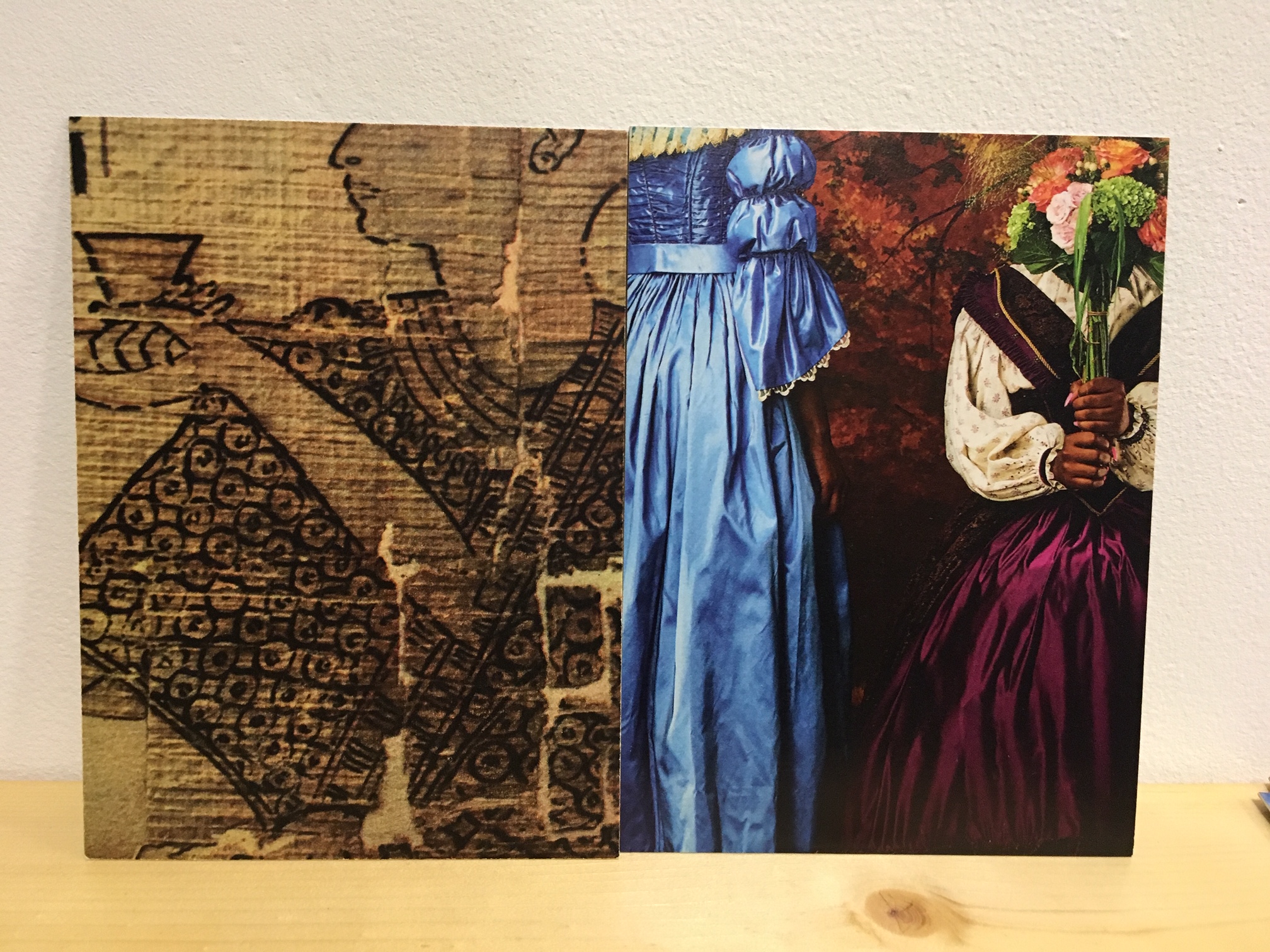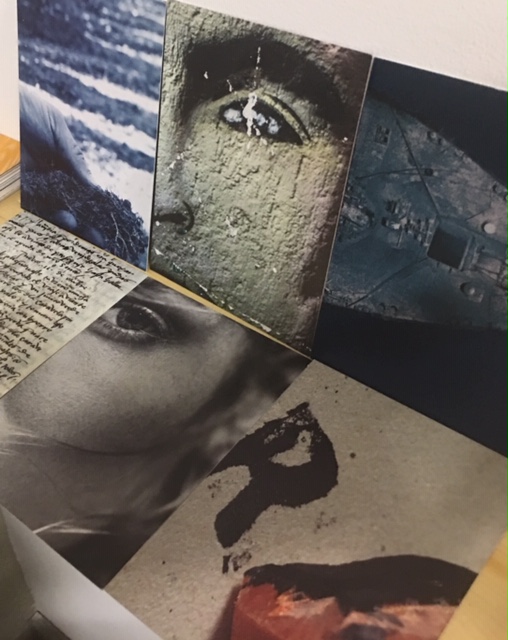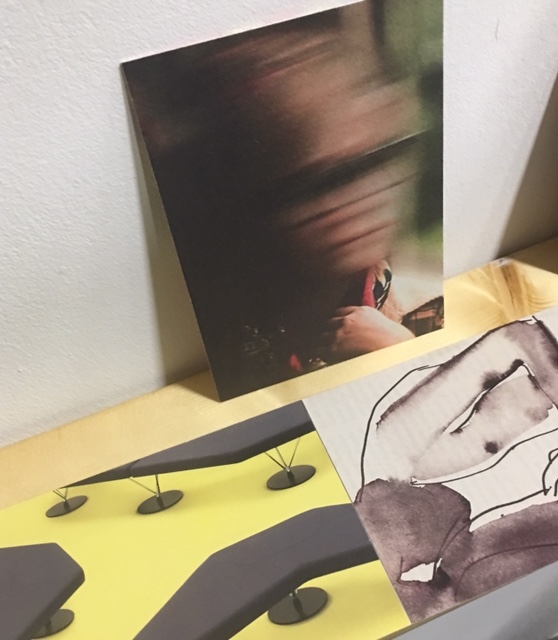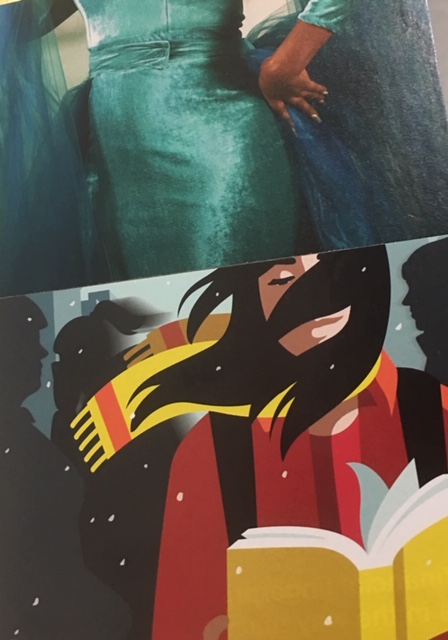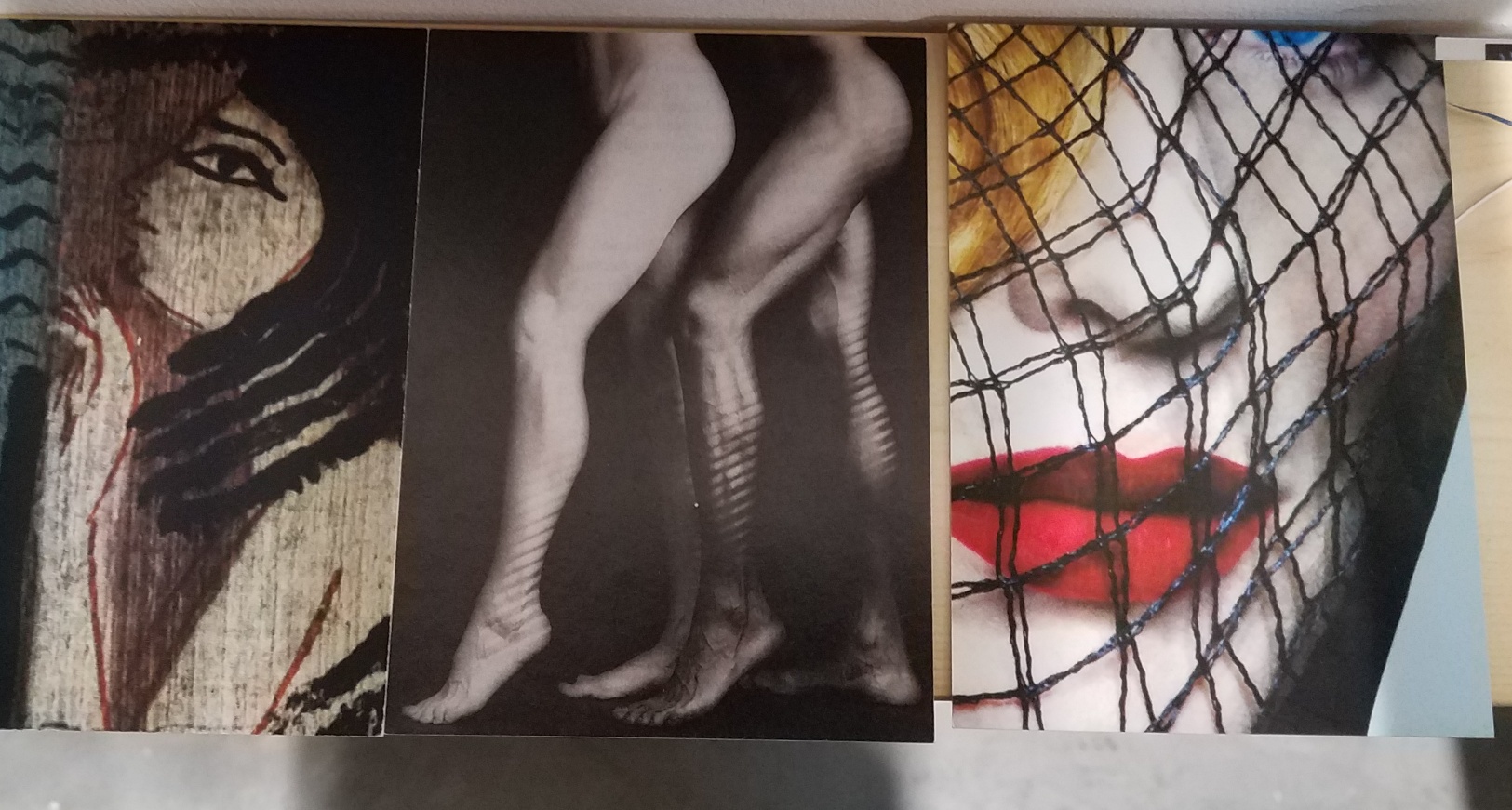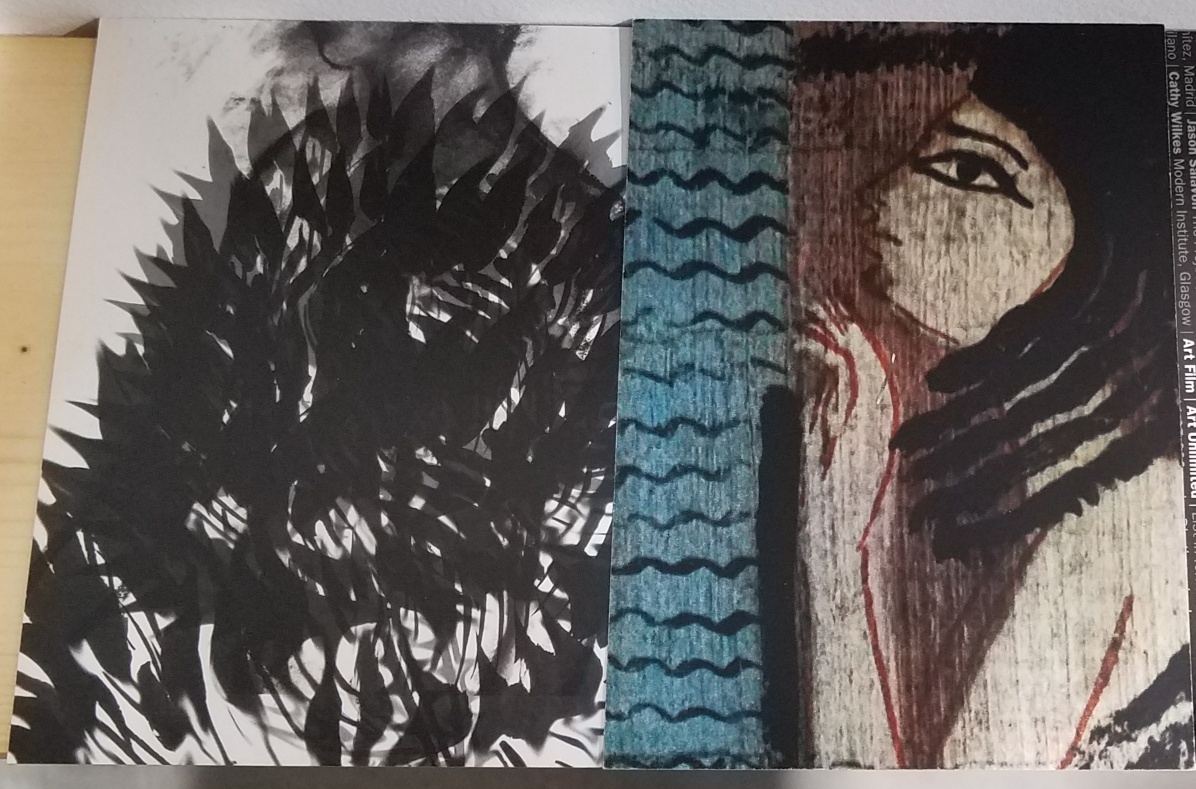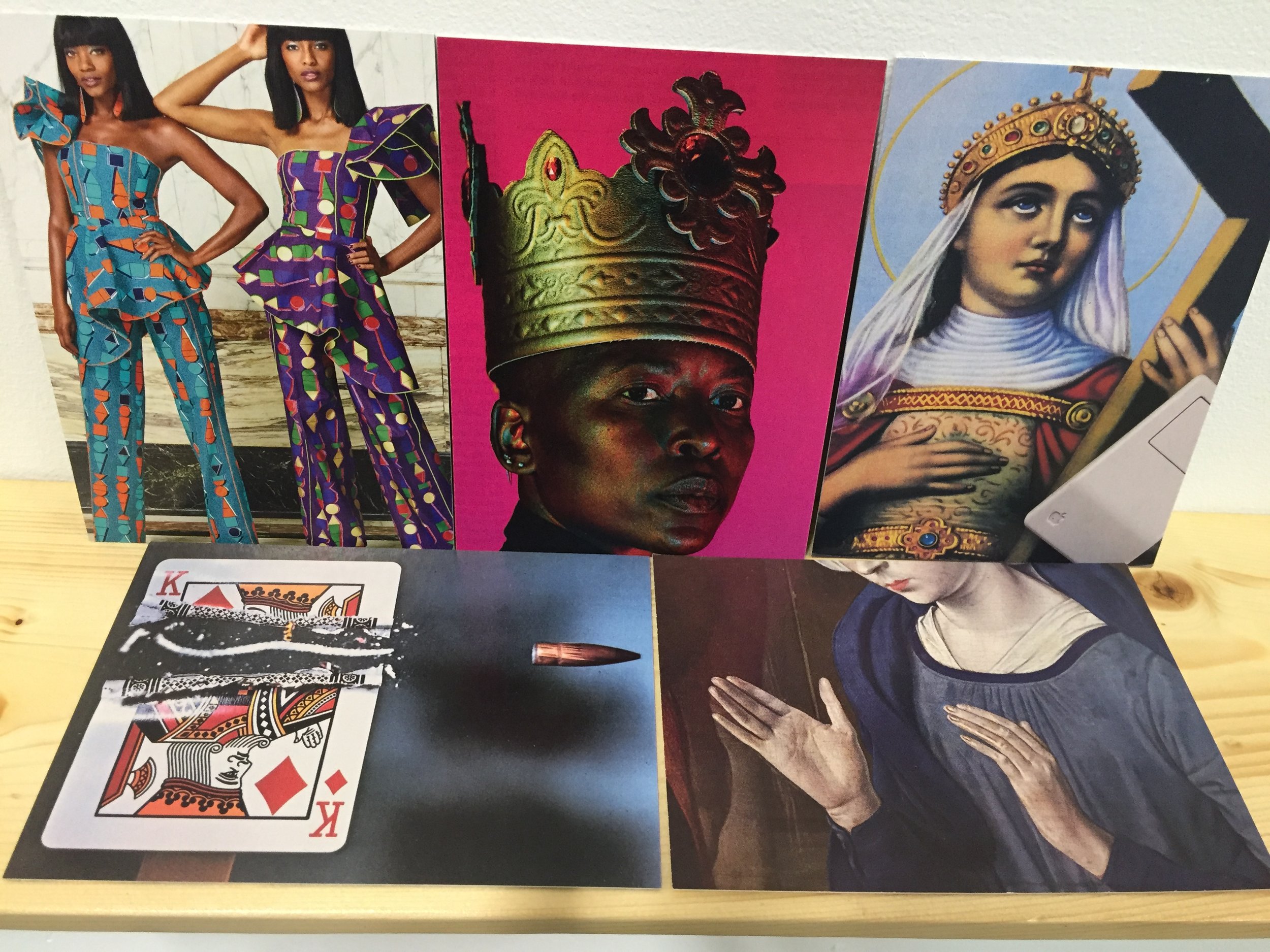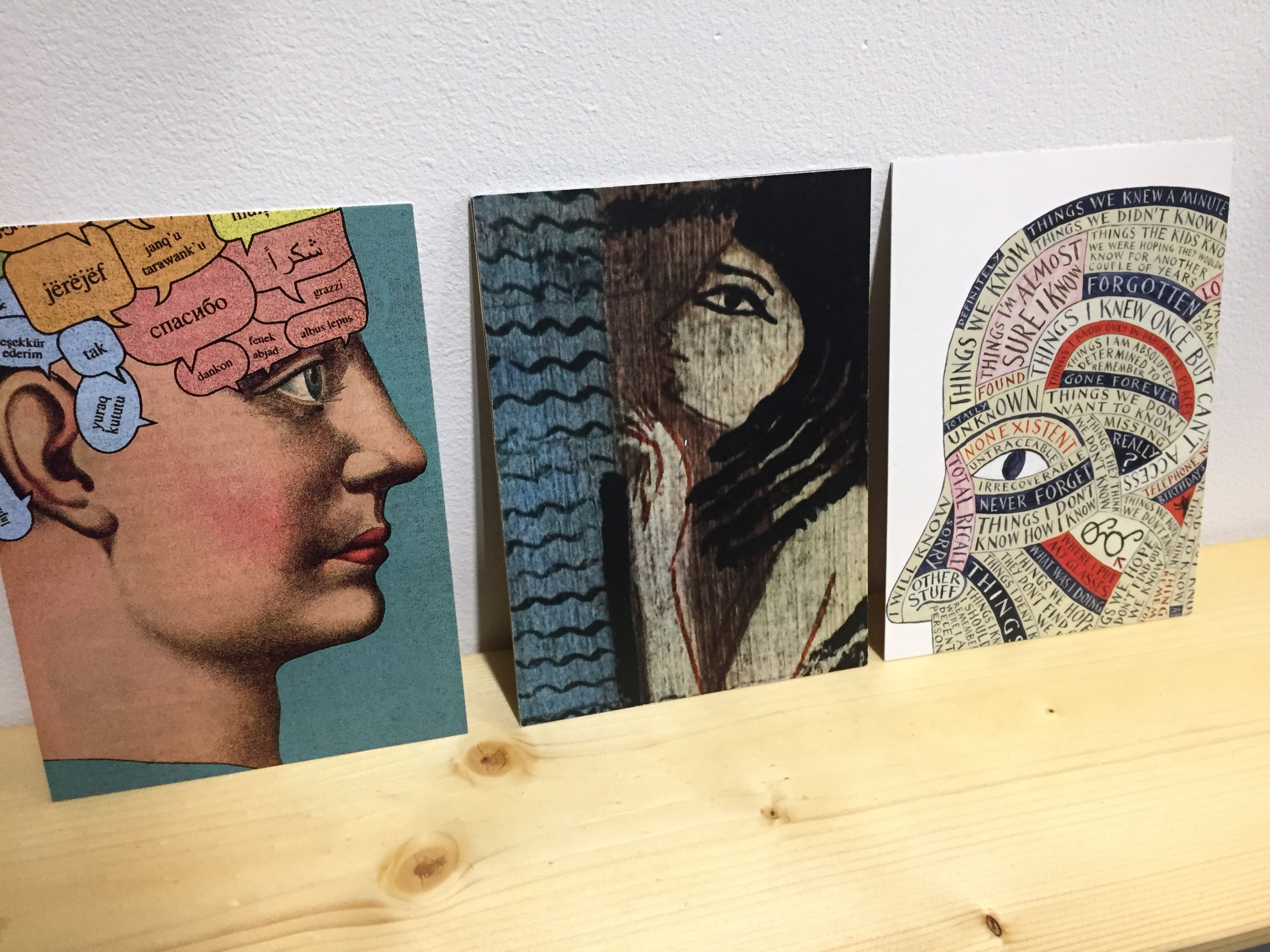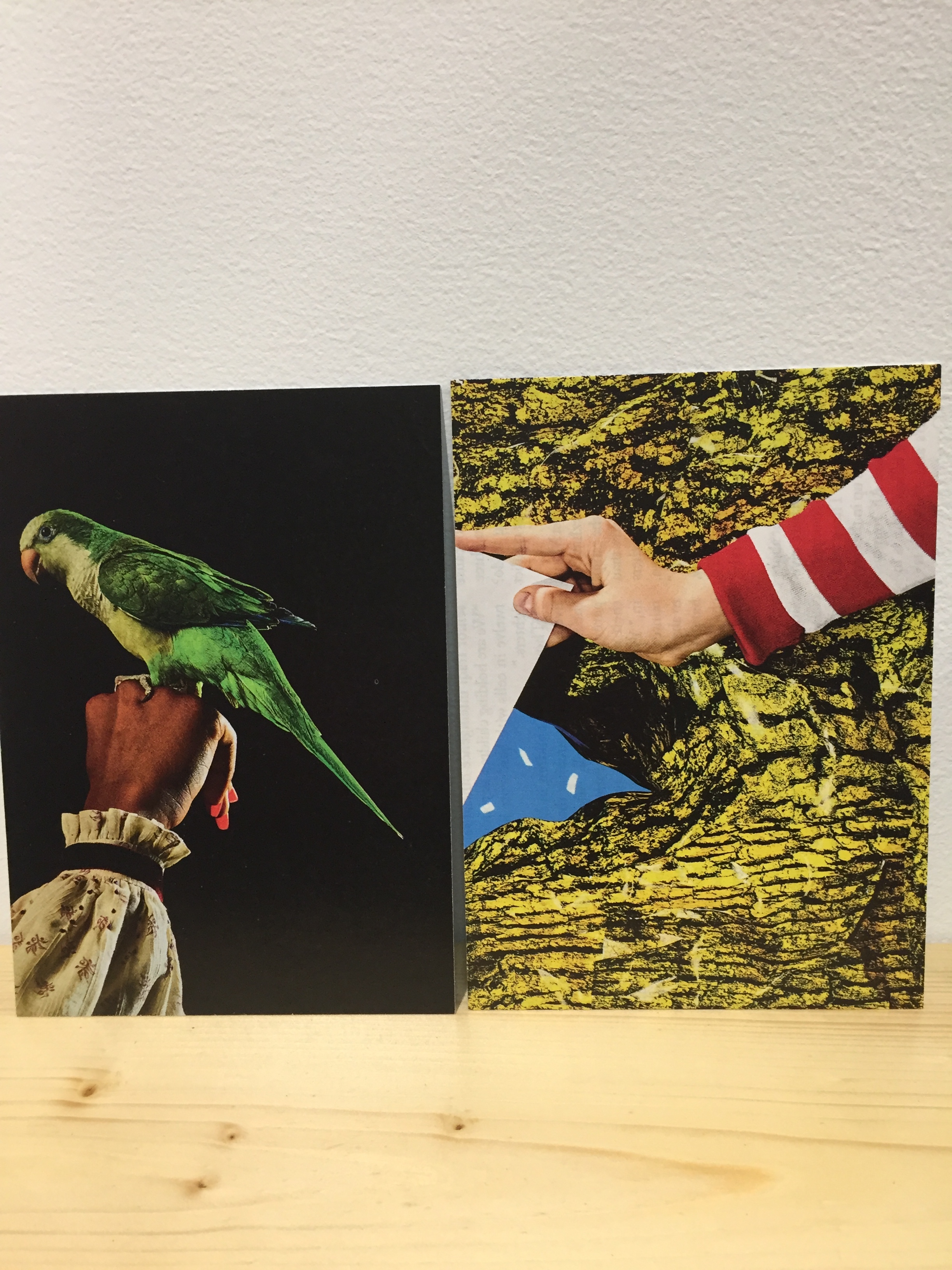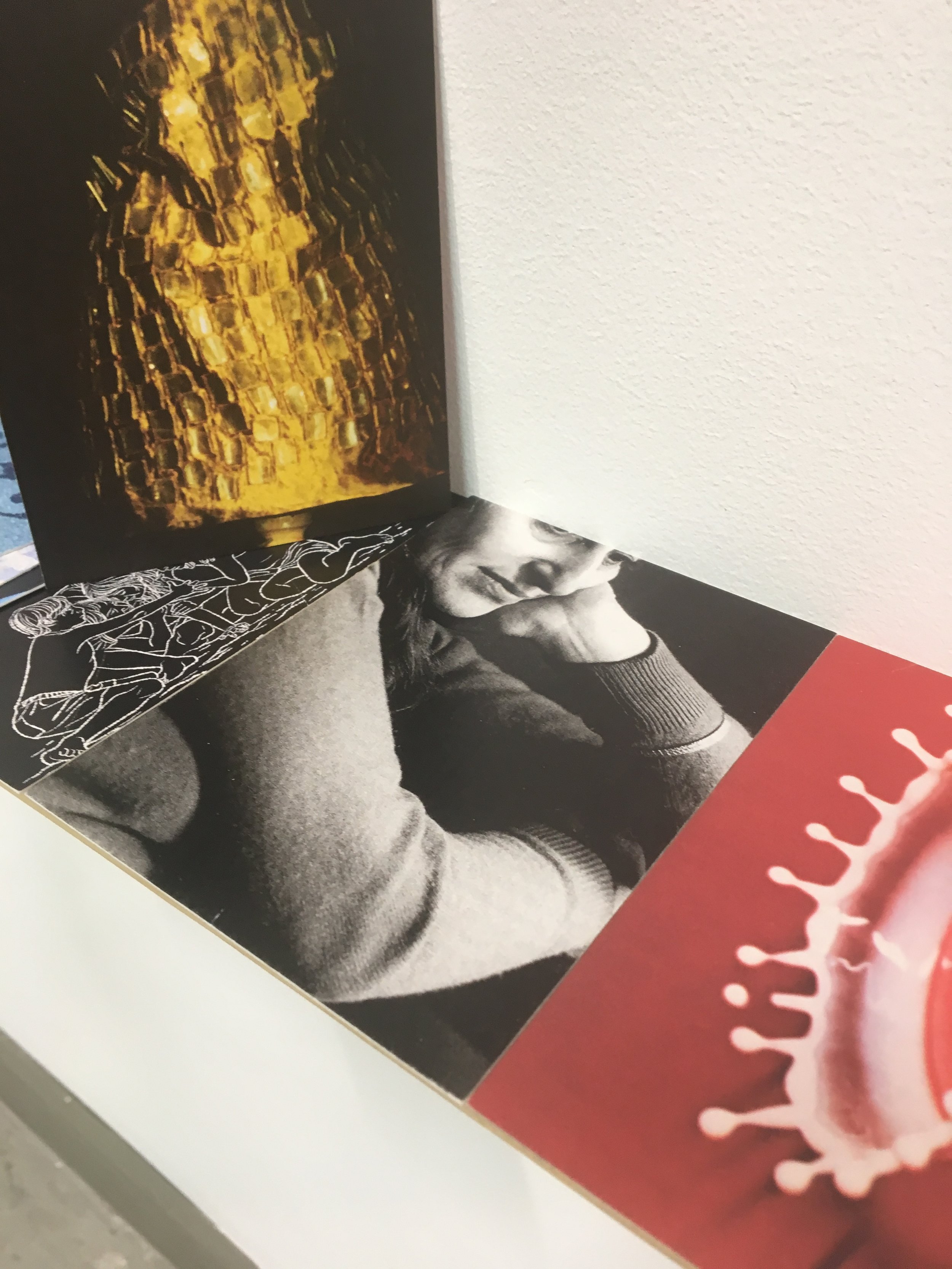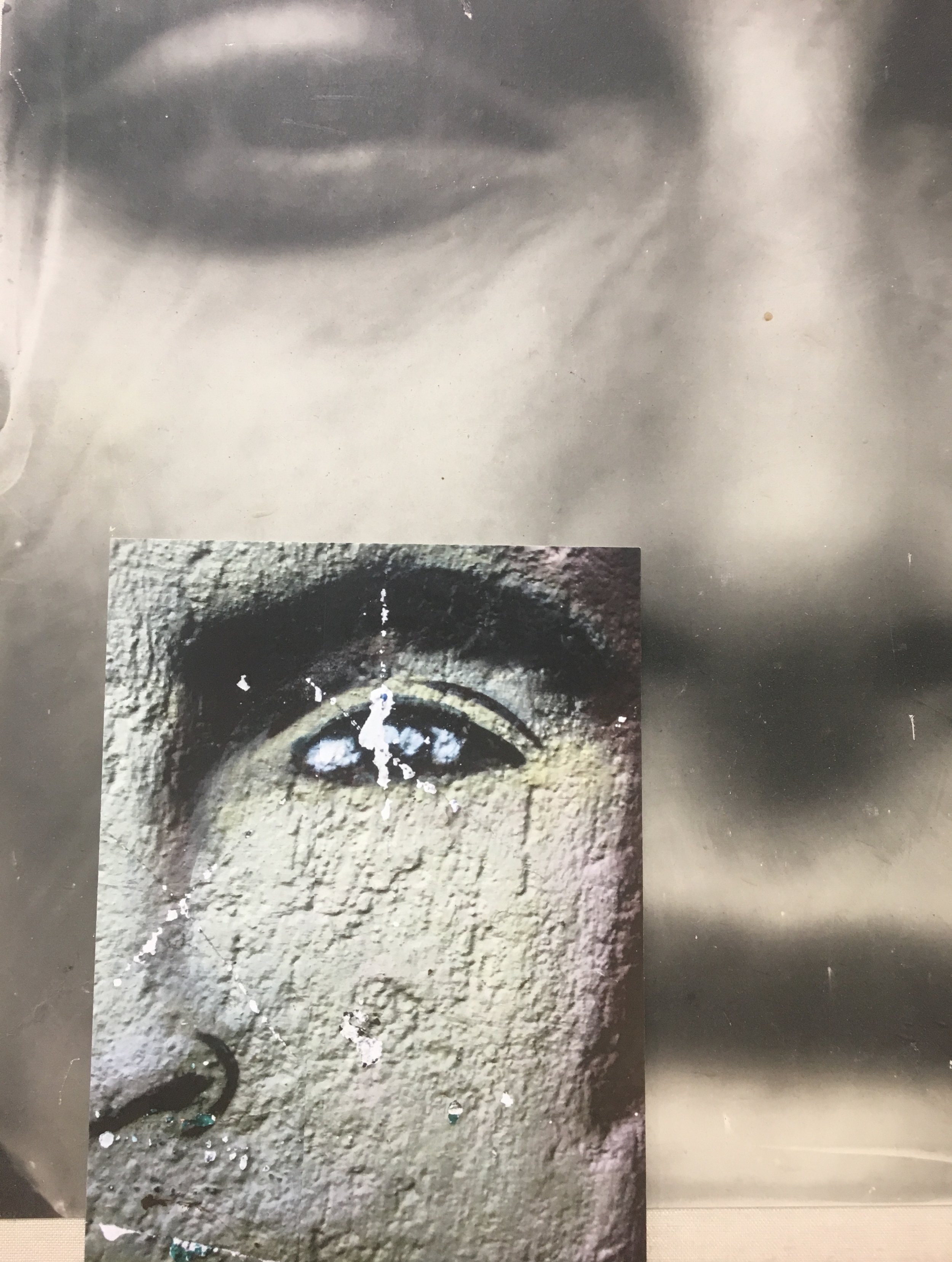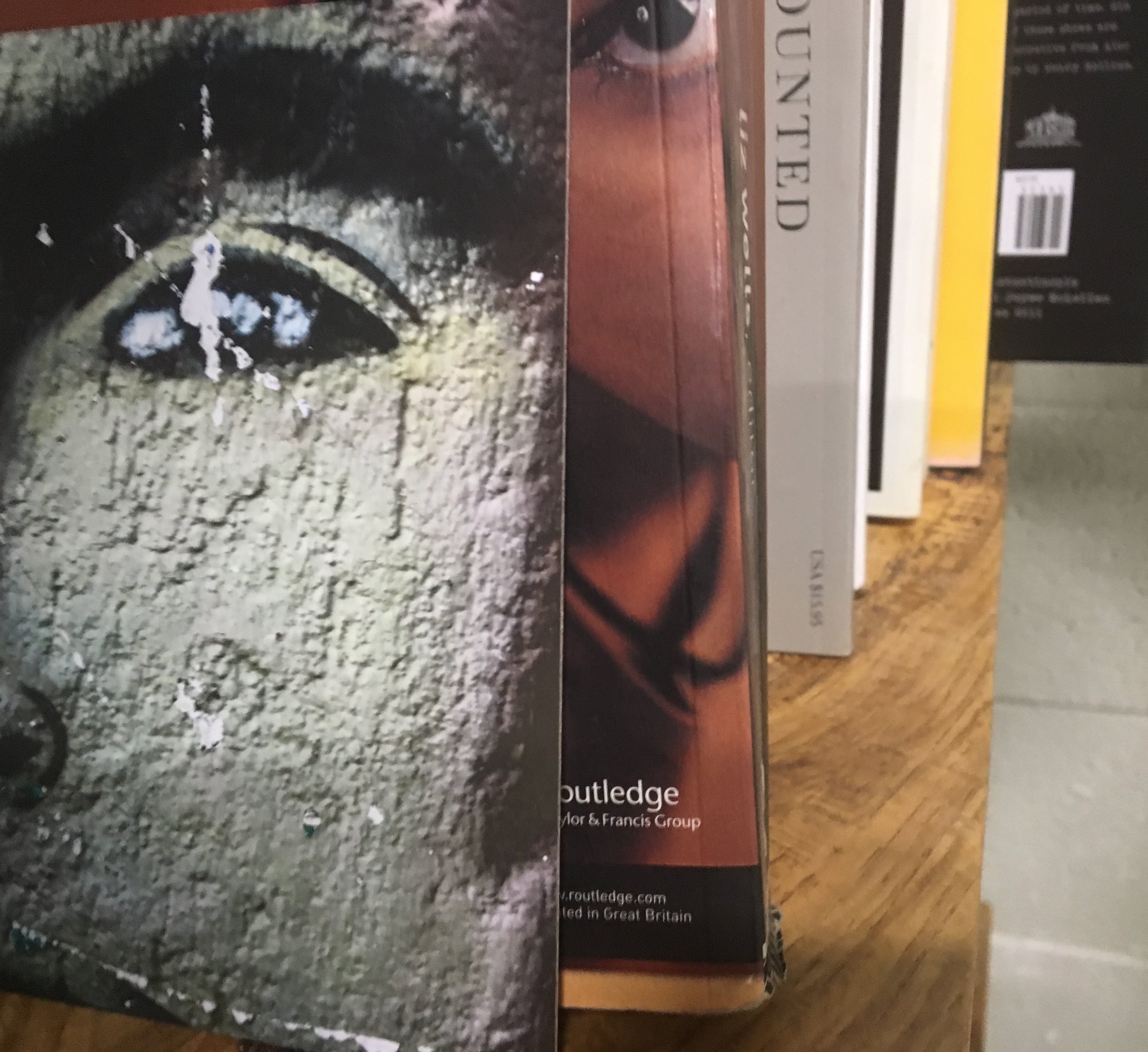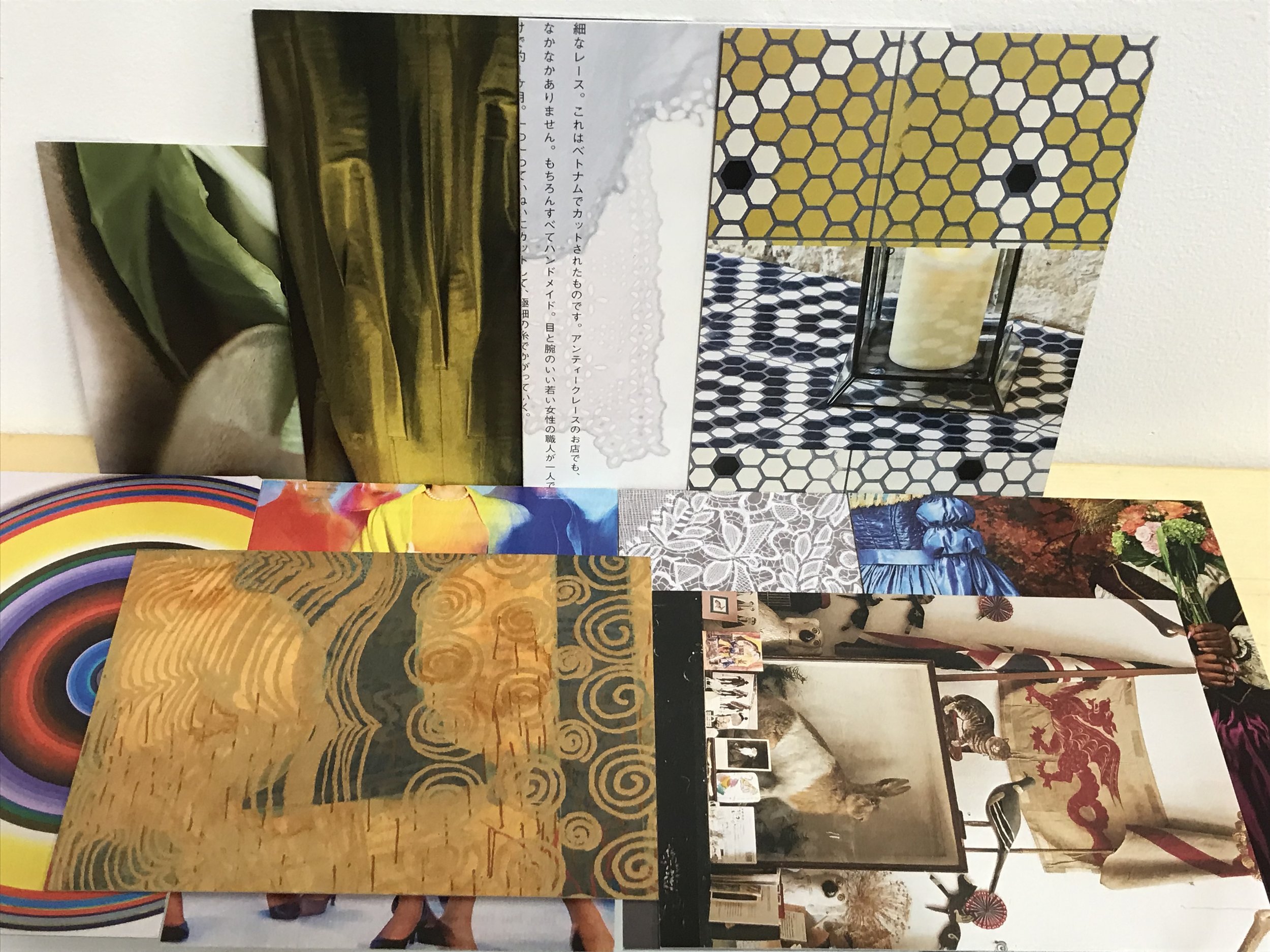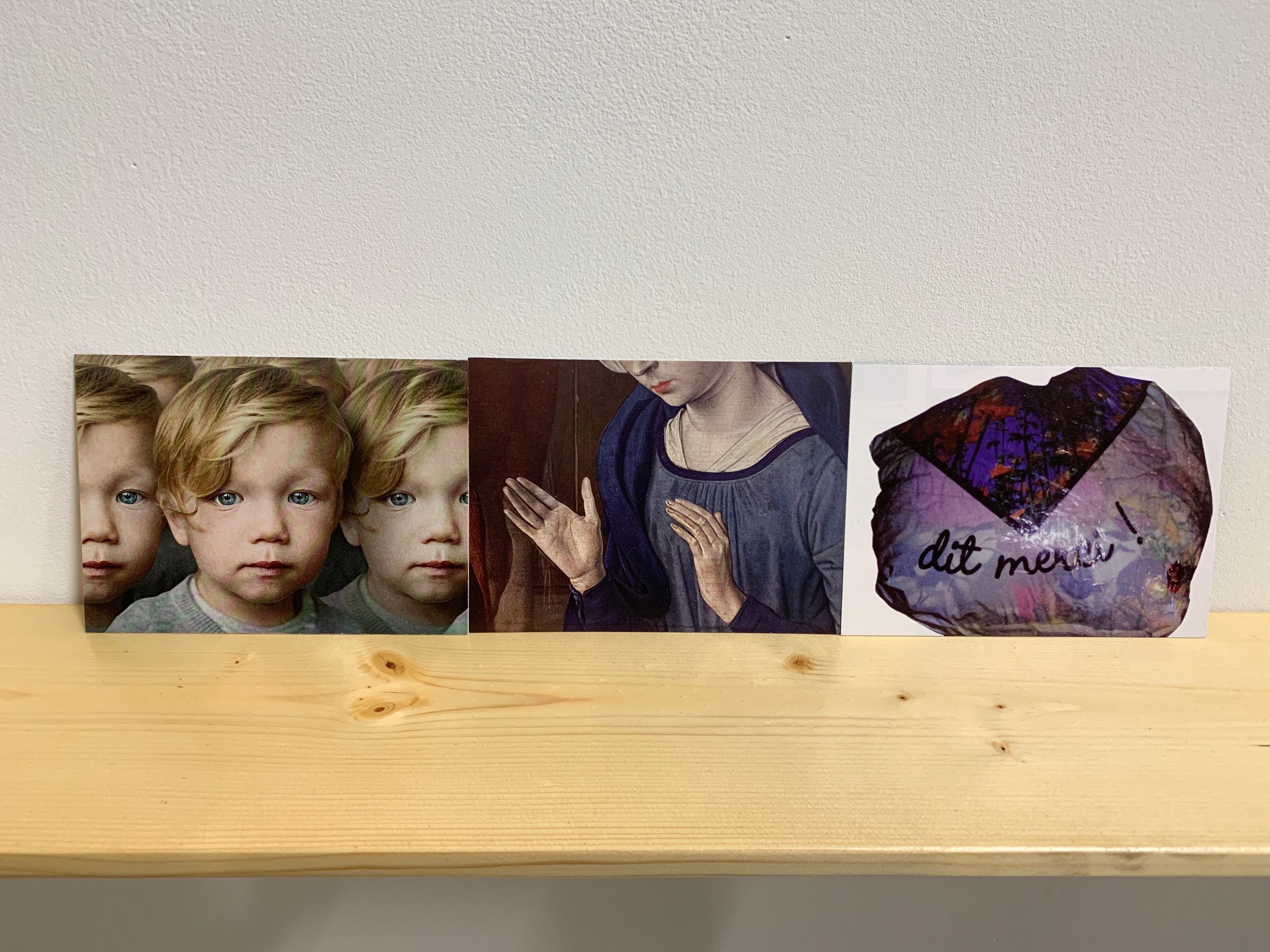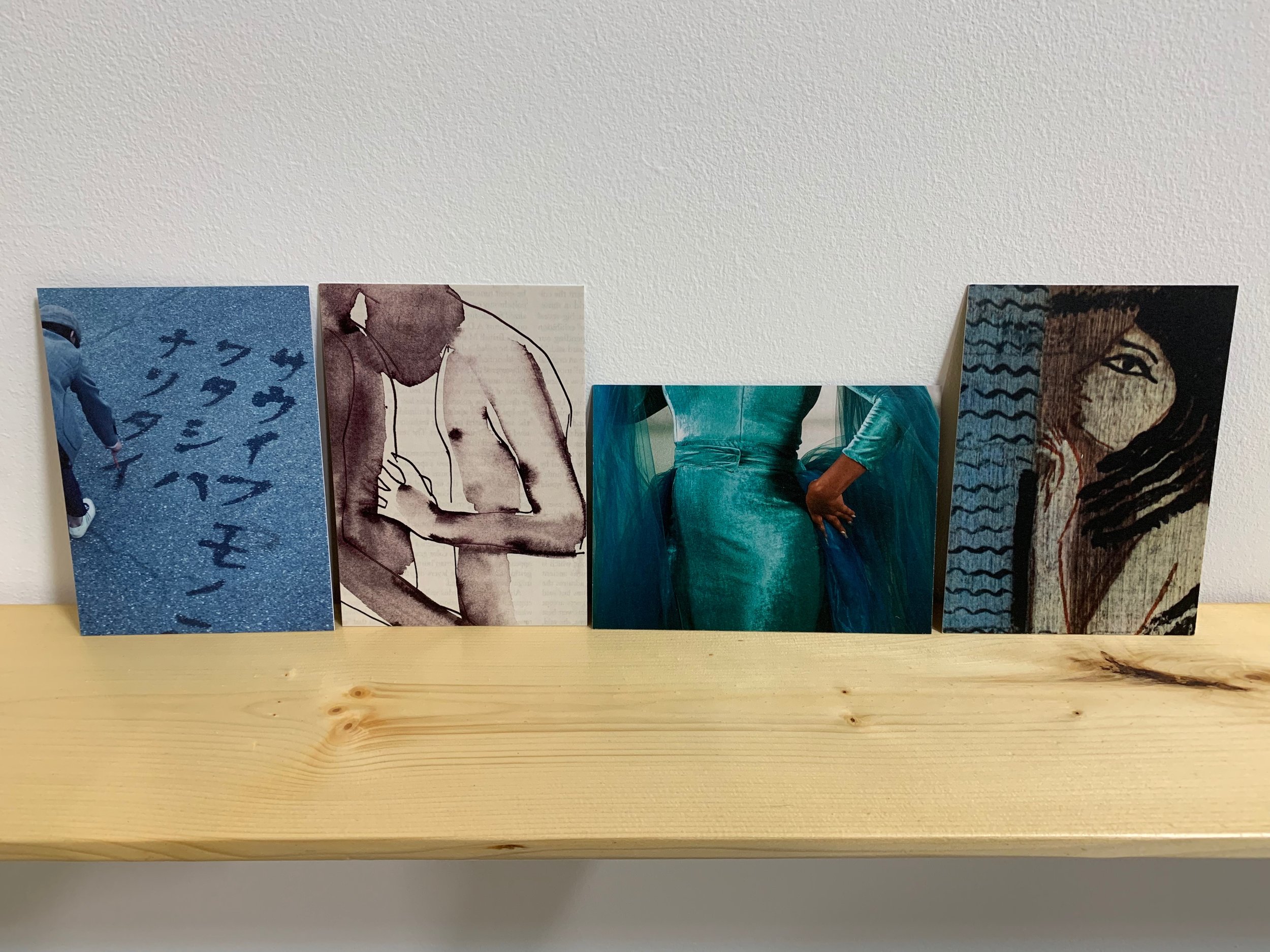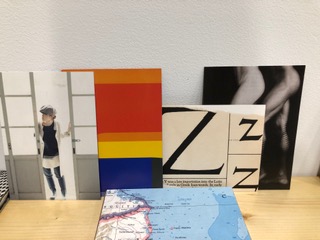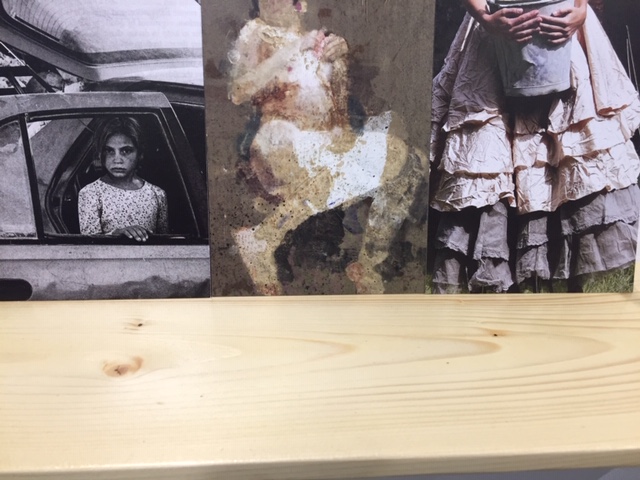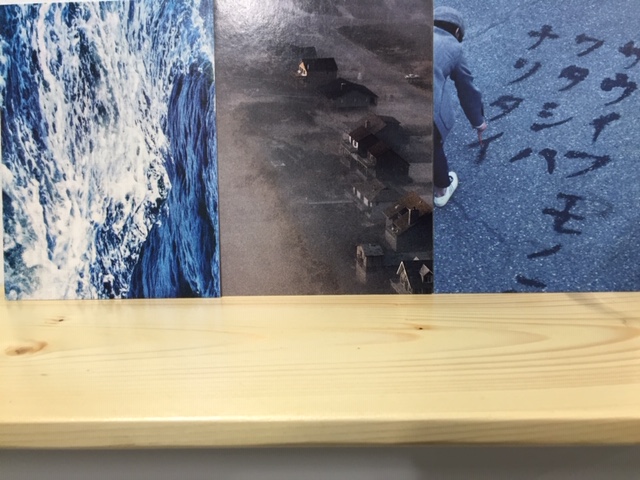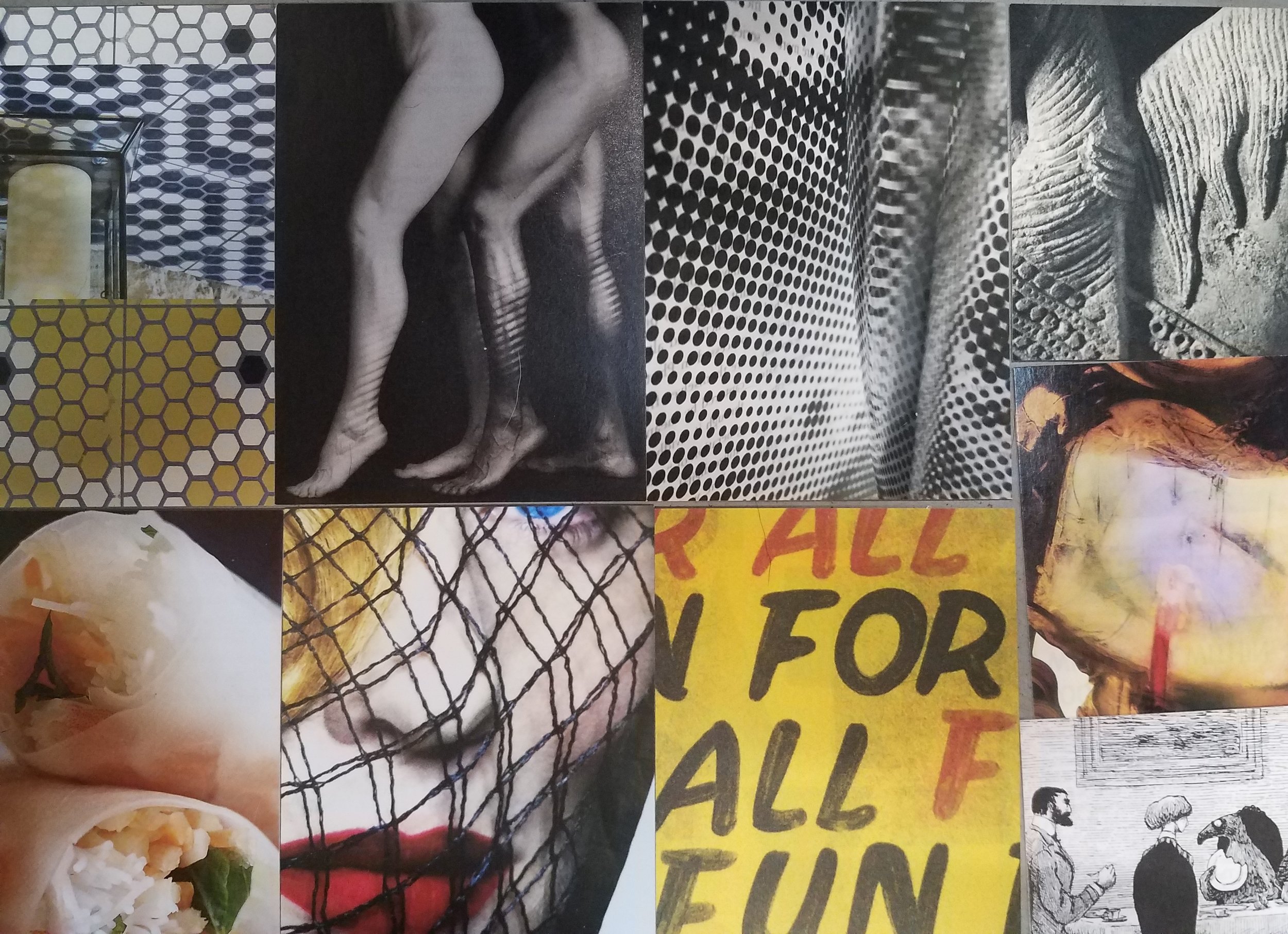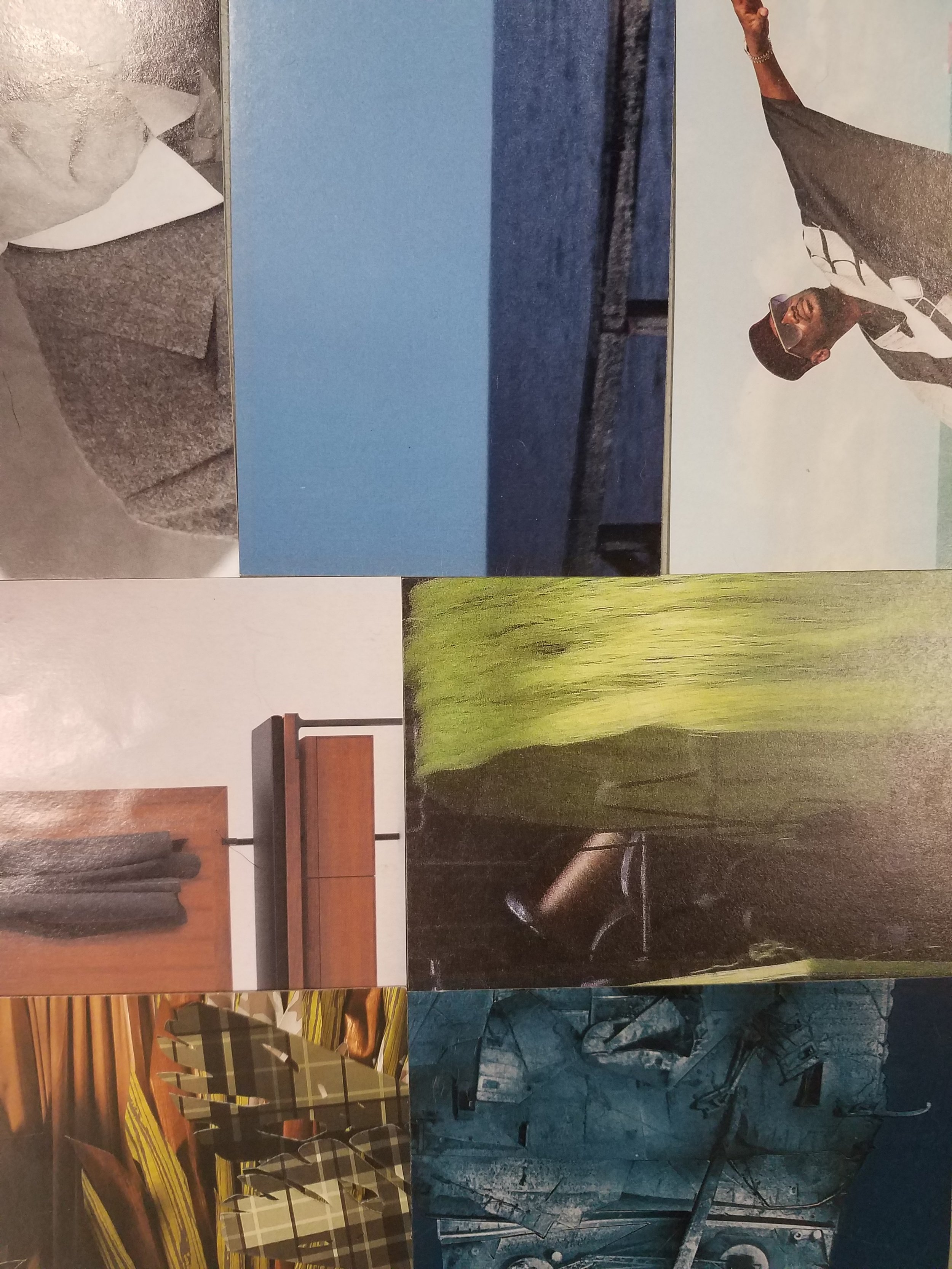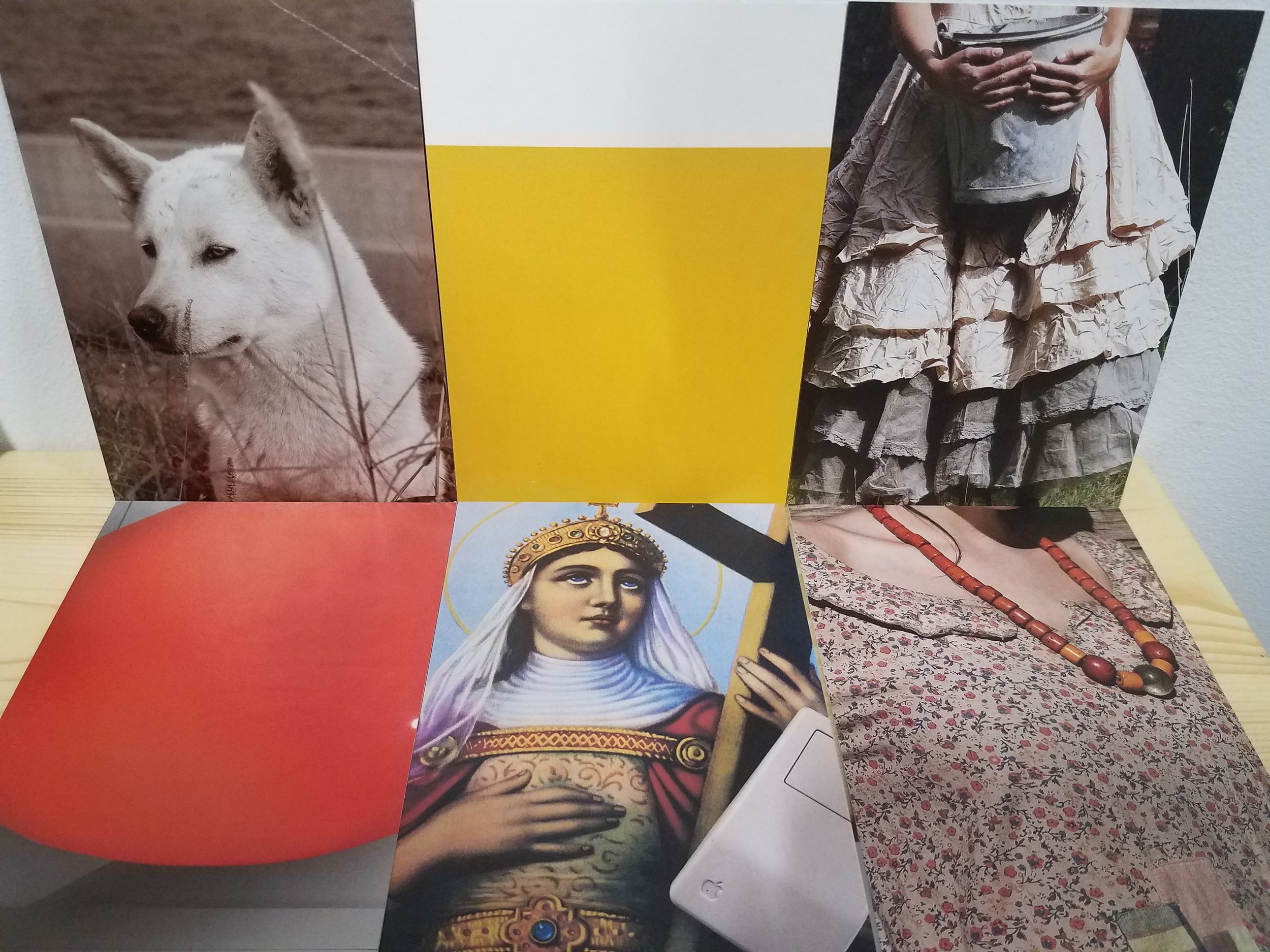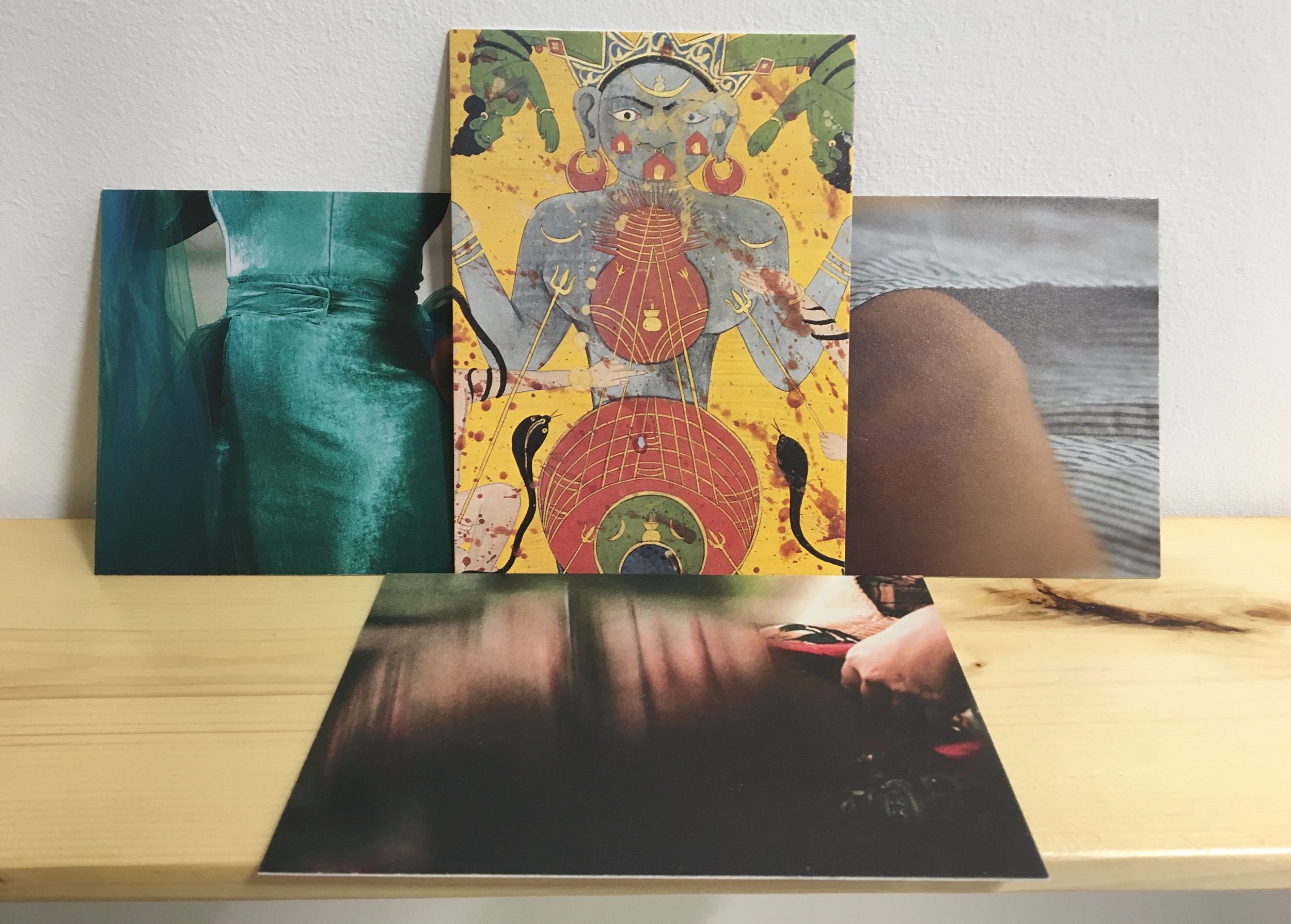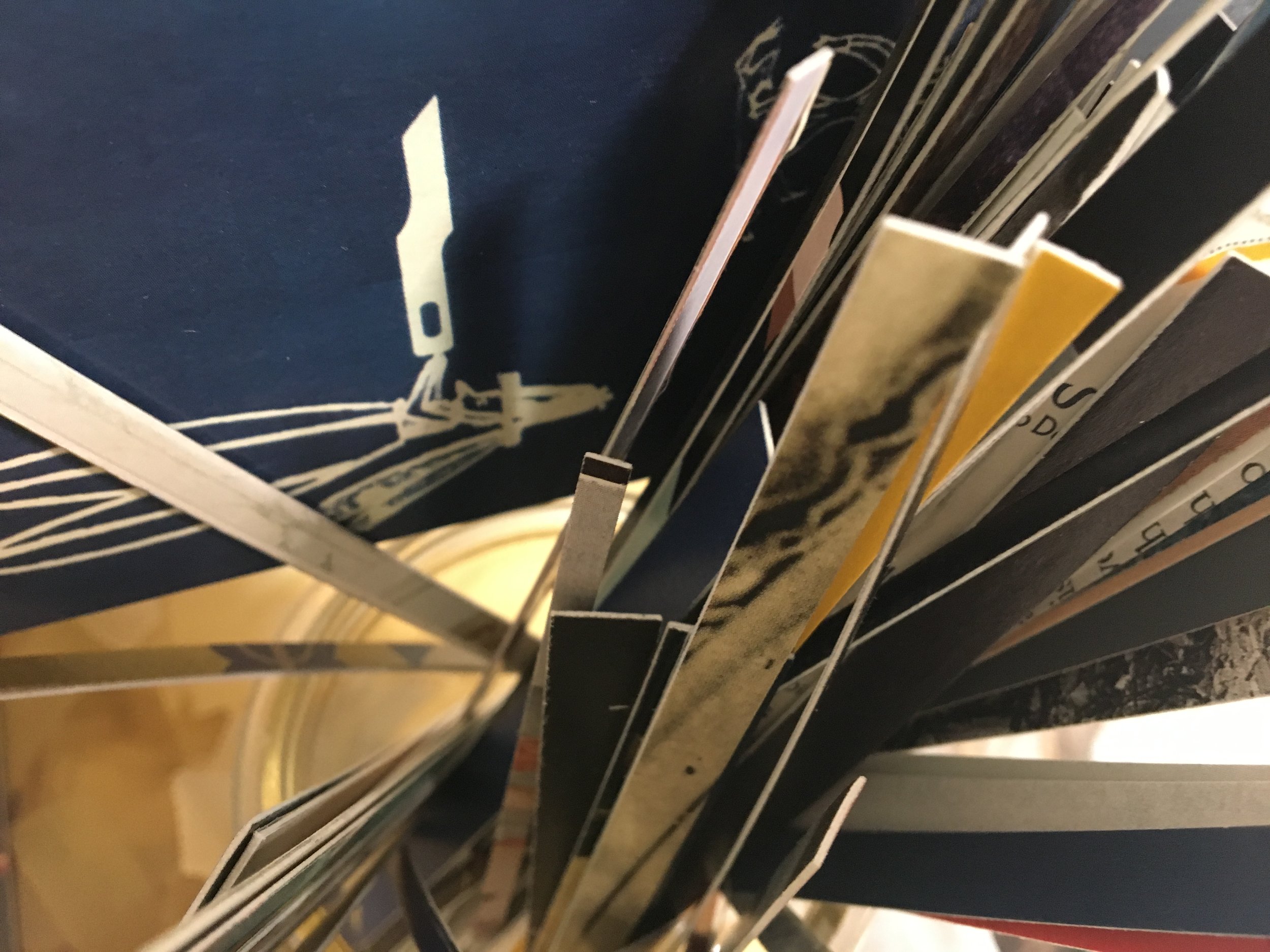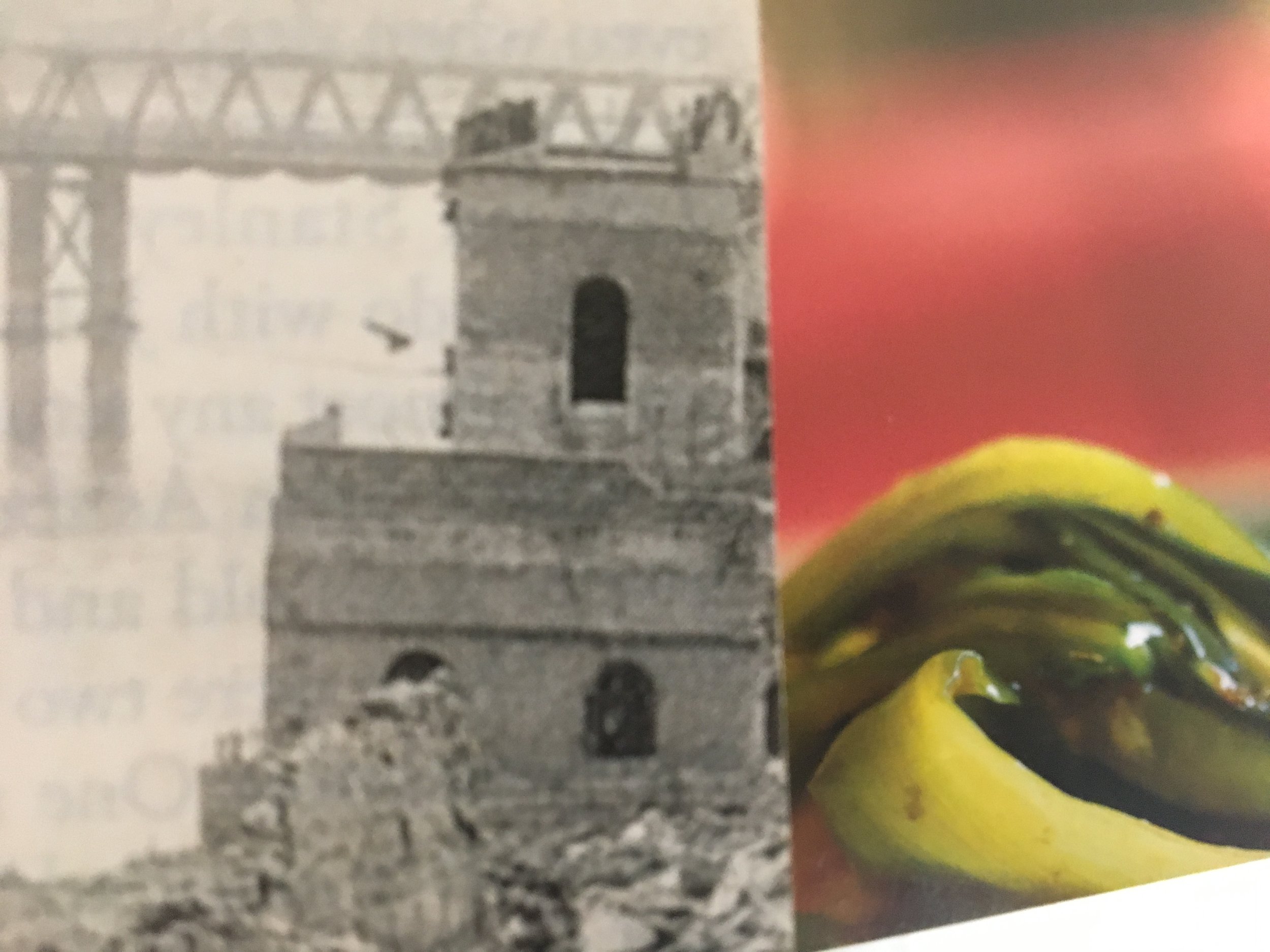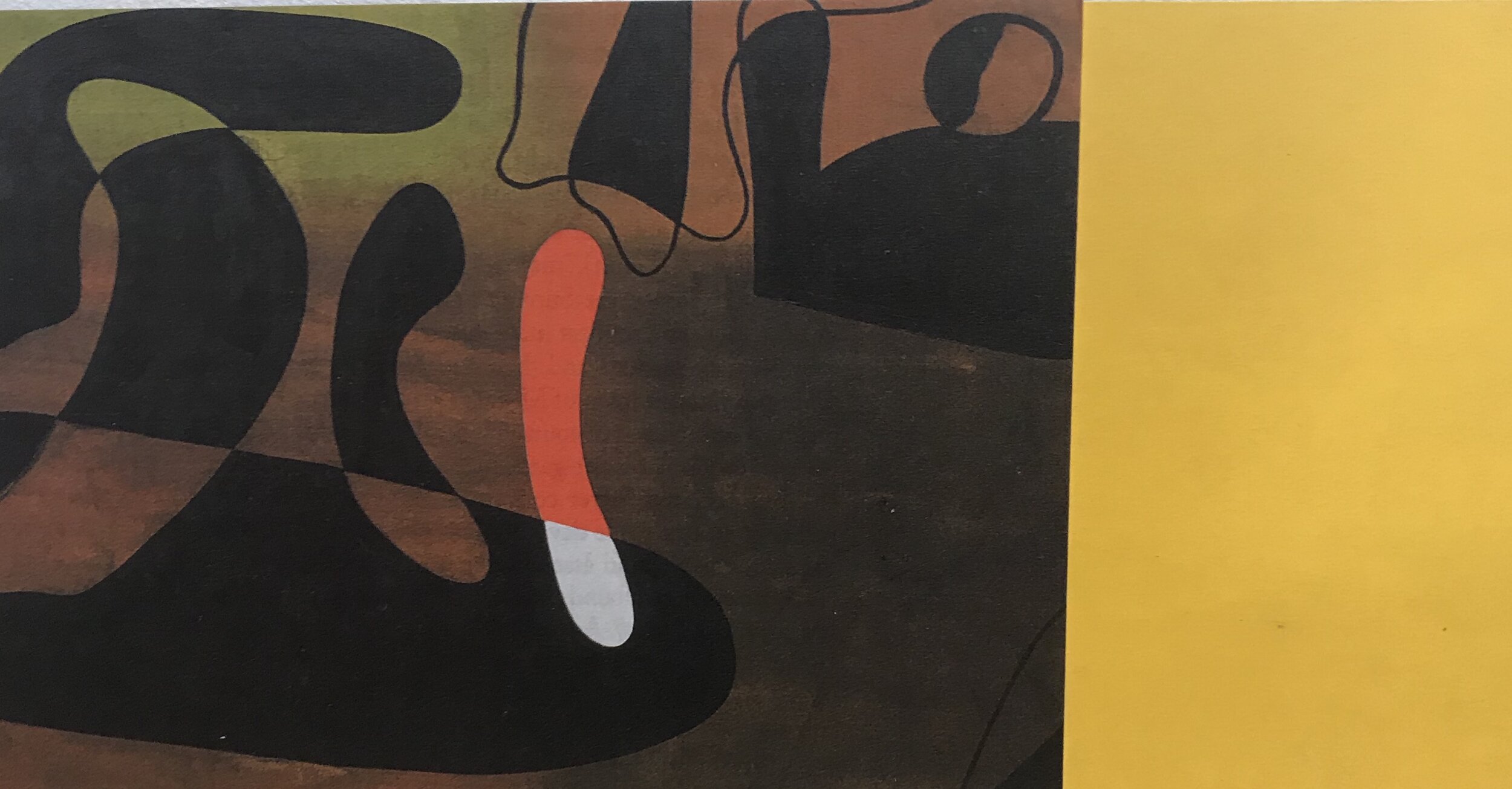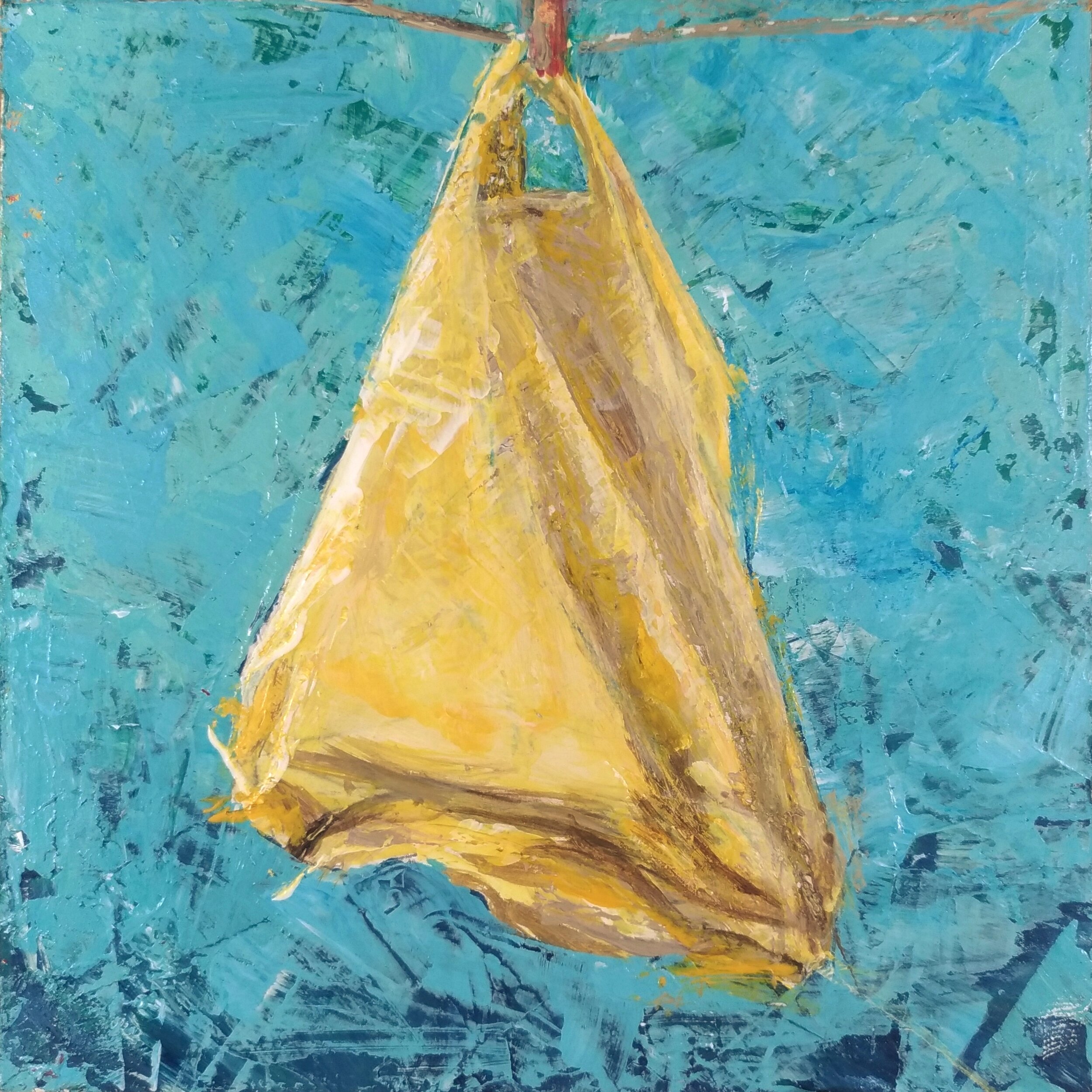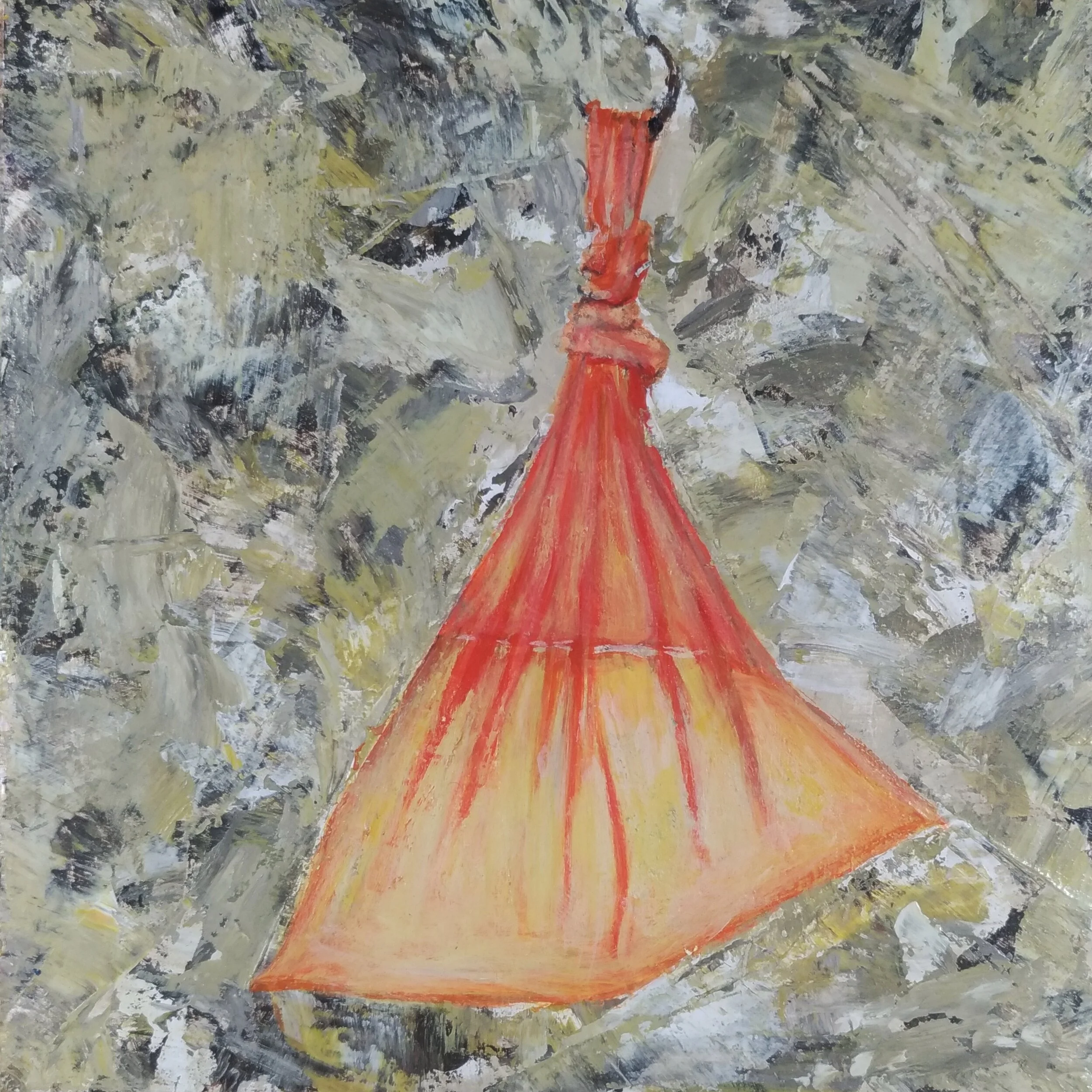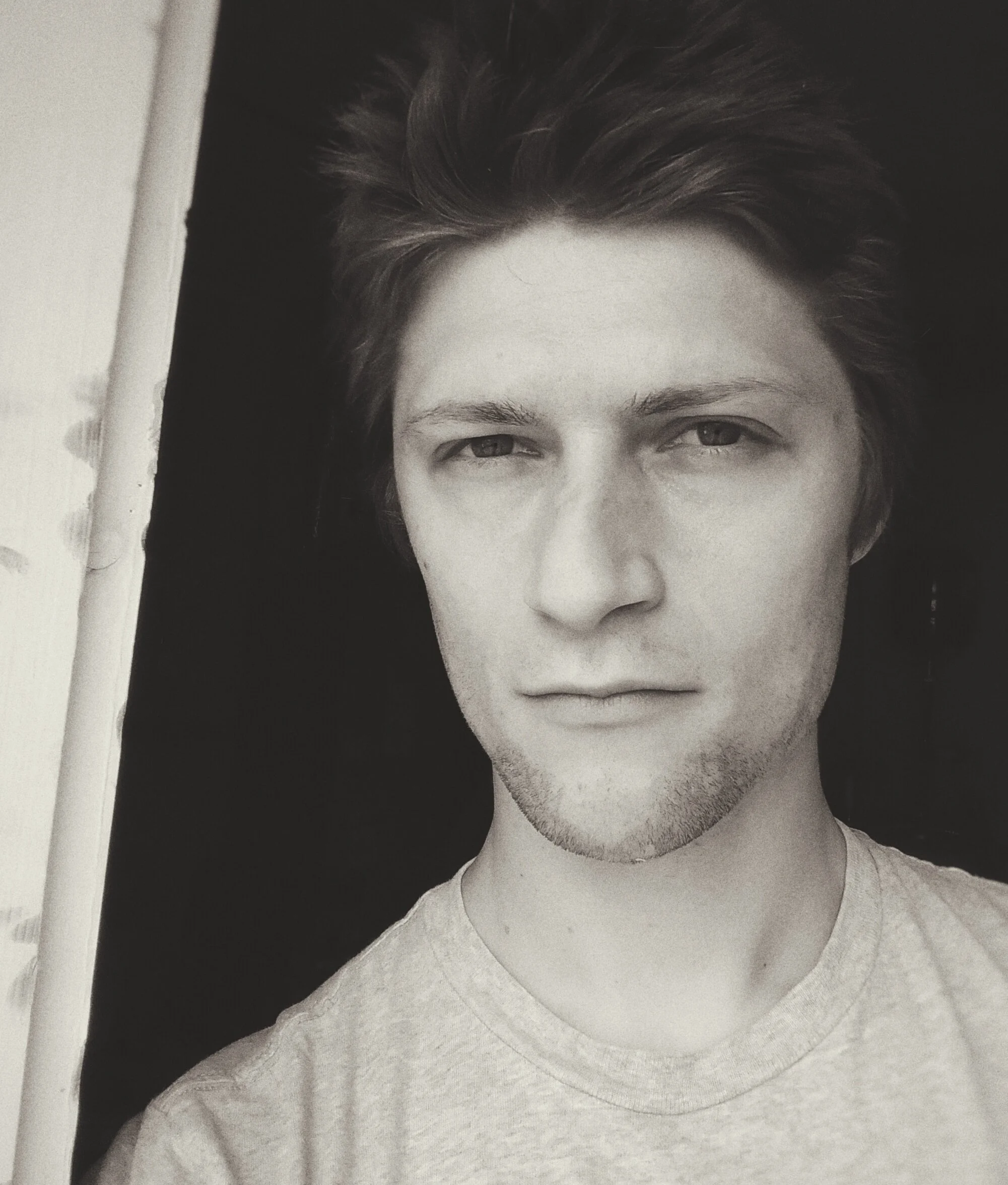Connie Schrader is a dancer, movement facilitator, and erstwhile performer. Since retiring from UNCA after nearly 30 years as the founder and director of the dance program there, she now teaches a Dance for Parkinson’s class at the VA, facilitates Image-based Movement Research classes, offers Expressive Arts workshops, and maintains a bio/neurofeedback practice in downtown Asheville. More information on all of these enterprises can be found at www.Inbodymind.me
STATEMENT
Pour: A Collaboration with Paint
I can improvise with movement, drum, sing, even play at acting, but put me in front of a blank canvas or ask me to draw and I am crippled by my inner critics. Creative endeavors where chance is a partner dispels that fear. So it was that I began playing with pouring paints.
When I faced a blank palette—a canvas, a poster, a piece of paper—and tried to make some marks, I experienced little satisfaction. I was aware of the paucity of my skills in creating shapes that resembled anything from my imagination, and I was aware of my ignorance of basic principles of design. Like singing off key, my visual arts efforts were never in tune with what I hoped would be a sense of accomplishment or pleasure. But, when I relinquished the creative act to the movement of the paint itself—the weight of the paints as they mingled, the appearance of “cells” as oil interacted with paint, the lines of flow that came from manipulating the canvas—I found satisfaction as a collaborator more than a creator.
I don’t know how these paintings will resolve themselves until the paint is nearly dry. I’ve had a few complete busts but in the main I find something interesting in almost every one. It would be more appropriate to refer to these as my “play” rather than my “work” since the former captures my spirit in bringing them into being while the latter implies a seriousness of purpose that isn’t quite right.
My hope is that these pieces are a source--a source of pleasure, a source of curiosity, a source of recognition, a source of invention. What is the phenomenon of experiencing a piece?
Two quotes may be useful guides for encountering these pieces. The first comes from Wittgenstein who said, “Meaning is what the explanation of meaning explains.” As the instigator of these pieces, I had no meaning in mind. Even now as they are dry, I have not created a meaningful statement to be decoded in analysis. Different things emerge for me as I turn a canvas from one orientation to another. I find myself finding “meaningful” elements in most of them.
The second quote I find valuable in encountering these canvases comes from Cage who said, “Value judgments are destructive to our proper business, which is curiosity and awareness.” The immobilizing response I had when trying to paint was inextricably tied to my value judgements about my skills, my vision, my choices, and the outcomes. But I have found collaborating with paint has lifted the burden of many aesthetic weights. I pour a piece and something emerges.
When it has finished evolving, I can study the canvas and look for what emerges in me as I encounter the piece.
How does a piece engage the quality of your awareness?
***As part of the FIRST DRAFT Conversation on October 1st, attendees will be treated to four aesthetic responses from as many artists: Mary Ellen Lough responding with poetry, Melvin AC Howell responding with movement, Isa Bower, responding with voice and movement, and Connie Schrader responding with an interactive sculptural piece. In keeping with Schrader's Expressive Arts orientation, the hope is that these performances will Inspire a range of aesthetic responses to the work shared in the exhibit.***
